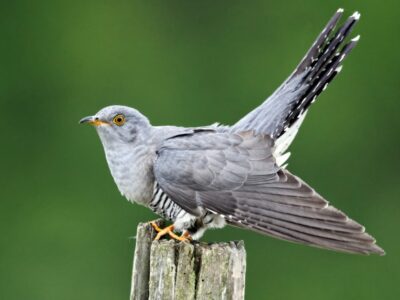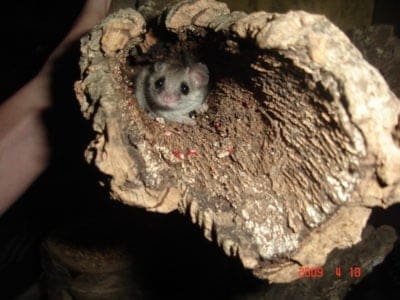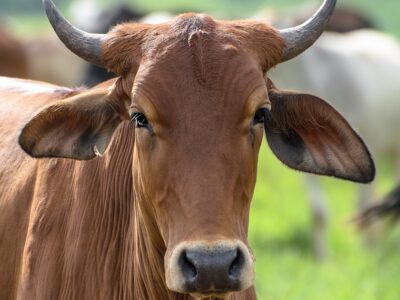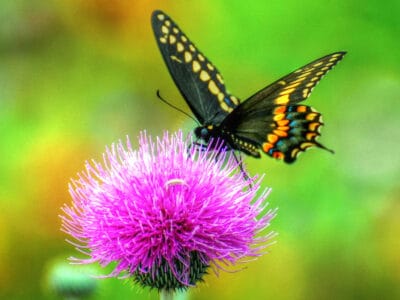Below you can find a complete list of Cambodian animals. We currently track 274 animals in Cambodia and are adding more every day!
Cambodia is a country of immense biodiversity and lush forests. Sitting at the crossroads of Southeast Asia, it shares land borders with Laos to the north, Thailand to the north/west, Vietnam to the east, and the Gulf of Thailand to the south. The landscape is comprised of low-lying forests and plains surrounded by elevated hills and mountains, including the largest range, the Cardamom Mountains. The mighty Mekong River cuts through the middle of the country and merges with the sea just to the south in Vietnam. The Tonle Sap, which connects to the Mekong through the Tonle Sap River, is the largest freshwater lake in Southeast Asia and one of the richest sources of freshwater fish in the world.
The Official National (State) Animal of Cambodia
Cambodia’s major national symbols are the kouprey, the giant ibis, the northern river terrapin, and the giant barb.
Where to Find the Top Wild Animals in Cambodia
Cambodia is home to seven national parks and dozens more wildlife sanctuaries and protected areas.
- The Botum Sakor National Park, located in the country’s south, near the Gulf of Thailand, is the largest protected area in the country. It encompasses a peninsula of verdant grasslands, woodlands, swamps, and mangroves directly next to the Cardamom Mountains. Primates, pangolins, wild cats, deer, otters, and many other mammals can be found here. Another biodiversity hotspot, the Kirirom National Park, is located directly to the east as well.
- The Virachey National Park (classified as an ASEAN Heritage Park) and the Lomphat Wildlife Sanctuary encompass the dense, isolated jungles and mountain forests of the country’s northeast. This entire region is home to some of the richest biodiversity in Cambodia, including leopards, sun bears, dholes, muntjacs, peafowls, storks, ibises, hornbills, and other rare mammals and birds.
- The Kulen Promtep Wildlife Sanctuary, comprised of lowland forests and swamps in the north, near the border with Thailand, was originally set aside to protect the kouprey. It’s also home to the endangered giant ibis and other unique birds.
- Other important protected areas include the Phnom Samkos Wildlife Sanctuary, the Prey Lang Wildlife Sanctuary, and the Mondulkiri Protected Forest and Phnom Prich Wildlife Sanctuary.
The Most Dangerous Animals in Cambodia Today
Cambodia is home to about 17 different types of venomous snakes and several large carnivores.
- King Cobra – As the world’s largest venomous snake, the king cobra is an intimidating and scary sight. Symptoms of its bite can include severe pain, vertigo, blurred vision, and paralysis. Fatality rates are generally higher than most other cobra species. Fortunately, the king cobra will attempt to avoid confrontation with humans before striking.
- Blue Krait – Sporting thick black and white bands, the blue krait is sometimes found around rice paddies and bamboo groves. As one of the most dangerous snakes, its highly potent venom may eventually cause respiratory failure in an alarming number of victims.
- Banded Krait – Featuring black and yellow bands, the banded krait can deliver a serious bite that results in vomiting, abdominal pain, dizziness, and diarrhea. If left untreated, death can occur in 1% to 10% of cases due to respiratory failure.
Endangered Animals in Cambodia
Since the 20th century, Cambodian wildlife has been endangered by habitat destruction, unregulated hunting, and frequent warfare.
- Indian Elephant – A subspecies of the Asian elephant, these mammals roam the grasslands and forests of India and Southeast Asia. They have become endangered from habitat loss and increased conflict with humans.
- Indochinese Tiger – This subspecies of the tiger has lost significant ground over the centuries from poaching and habitat loss. It might already be extinct in Cambodia.
- Pangolin – The pangolin (also known as the scaly anteater) is the only kind of mammal with a full set of scales. Cambodia is home to the critically endangered Sunda pangolin.
- Slow Loris – The slow loris is a group of nocturnal tree-climbing primates. Cambodia has two species of loris, the Bengal slow loris, and pygmy slow loris, both of them endangered.
- Langur – Two types of this unique Old World monkey, Germain’s langur, and the Annamese langur, are endangered.
- Douc – A colorful arboreal monkey, both the red-shanked douc and black-shanked douc are in danger of becoming extinct.
- Kouprey – The kouprey is a wild forest-dwelling bovid that has dwindled rapidly from diseases and overhunting. Less than 250 are estimated to exist, and it may already be extinct in the wild.
- Eld’s Deer – The Thai brown-antlered deer, a unique subspecies of Eld’s deer, is endemic to Southeast Asia. But habitat loss and overhunting for traditional medicine have made it endangered.
- Giant Ibis – This long-legged wading bird inhabits marshes, lakes, swamps, rivers, and flooded areas. But the loss of its natural habitat has put it in danger of extinction.
- Siamese Crocodile – Growing up to 10 feet long (the largest ever specimen was 13 feet), this is the rarest species of crocodile in the world.
- Northern River Terrapin – Among the largest freshwater turtles of Asia, this species has become critically endangered from overexploitation.
- Giant Barb – Native to the Mekong River, this is the largest species of carp in the world. Habitat loss and overfishing have made them critically endangered.
National Flower of Cambodia
The national flower of Cambodia is the rumduol flower. It’s a pretty yellow three-petalled bloom with a striking sweet fragrance. Rumduol grows wild across Cambodia and it’s a popular ornamental flower in parks and gardens.
Cambodian Animals
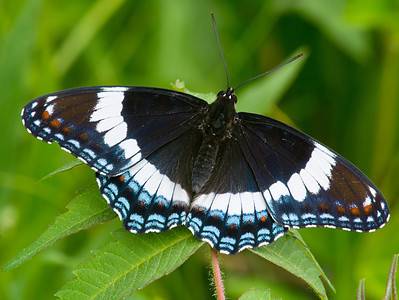
Admiral Butterfly
Stunningly beautiful wings
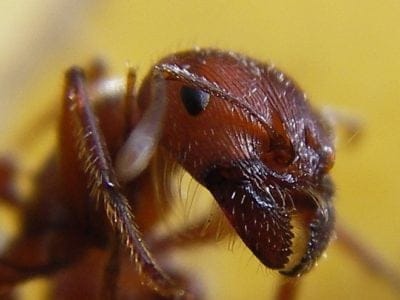
Ant
First evolved 100 million years ago!
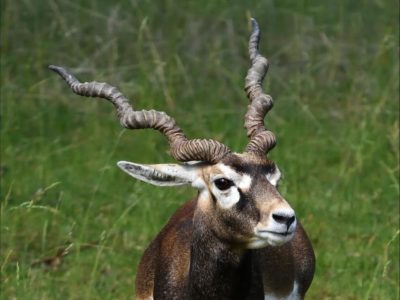
Antelope
Renew their horns every year!
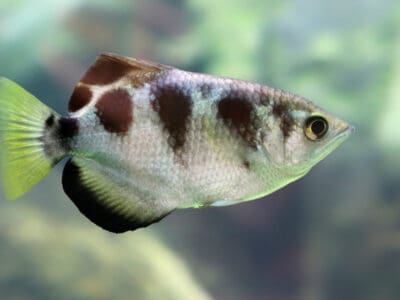
Archerfish
Archerfish can shoot a stream of water up to five feet with amazing accuracy.
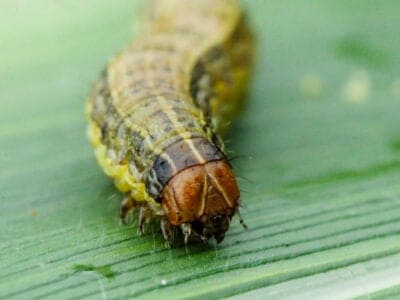
Armyworm
They are so named because they "march" in armies of worms from one crop to another in search of food
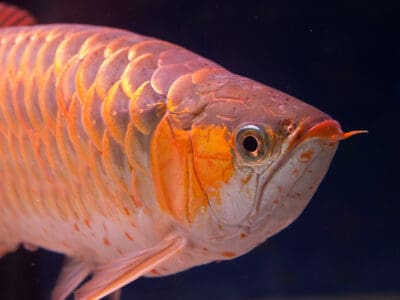
Asian Arowana
The male Asian arowana raises the eggs in its mouth
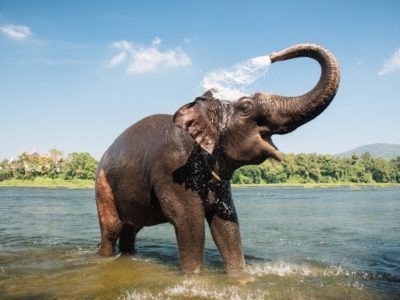
Asian Elephant
Domesticated for hundreds of years!
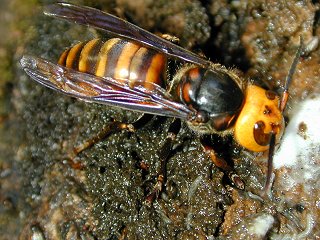
Asian Giant Hornet
The largest wasp in the world!
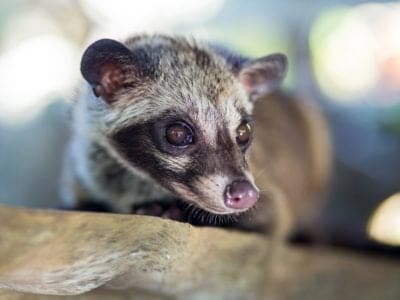
Asian Palm Civet
It mainly eats mangos and coffee!
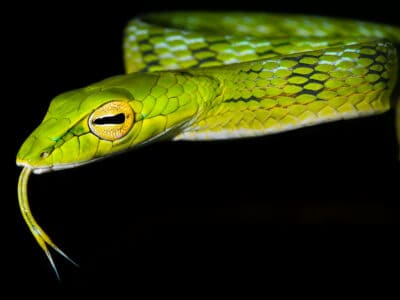
Asian Vine Snake
This snake chews on its victims to release venom.
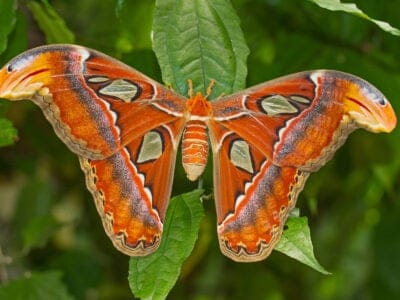
Atlas Moth
Adult atlas moths do not eat - they live off fat they stored as larvae.
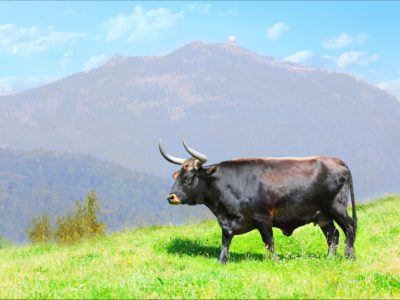
Aurochs
Extinct ancestor of all domesticated cattle!
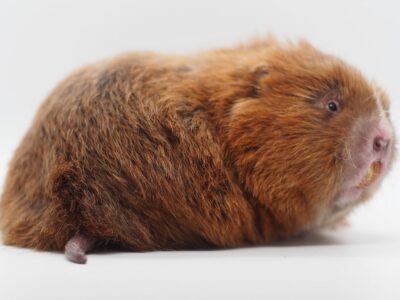
Bamboo Rat
They make a "boop, boop, boop" sound when danger draws near their burrow.
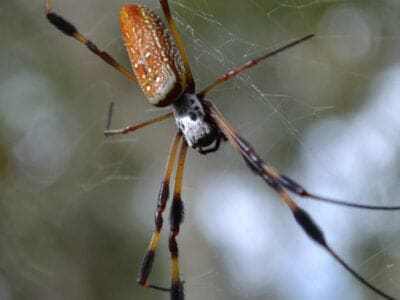
Banana Spider
People spin clothing and fishing nets out of these spiders’ silk.
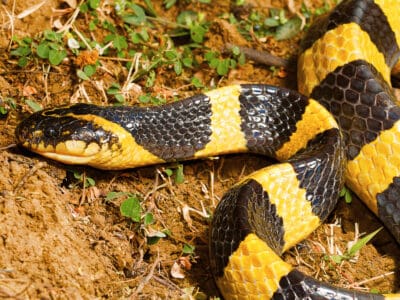
Banded Krait
What often prevents more people from falling victim is that the banded krait does not always inject venom in a defensive bite. It saves the venom for hunting prey instead.
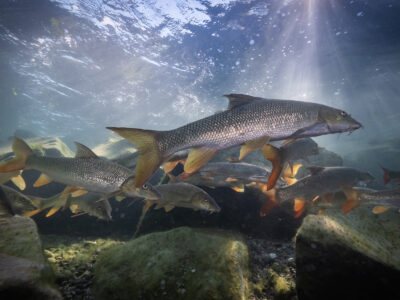
Barb
There are over 1768 known species!
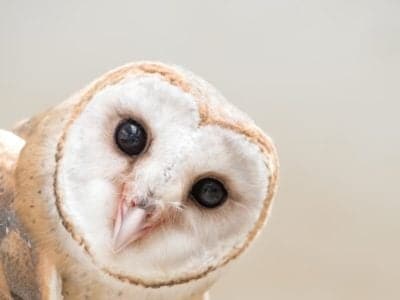
Barn Owl
Found everywhere around the world!
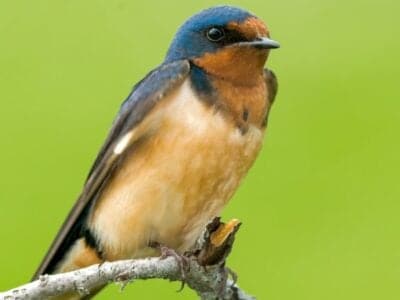
Barn Swallow
Older offspring help care for new hatchlings.
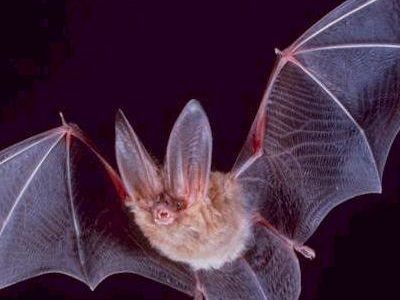
Bat
Detects prey using echolocation!
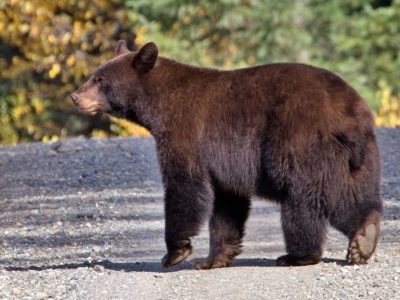
Bear
There are 8 different species!
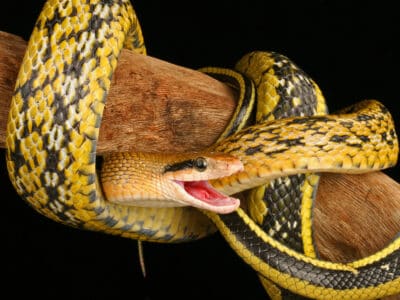
Beauty rat snake
Beauty Rat Snakes are relatively harmless if left undisturbed, only attempting to bite out of fear.
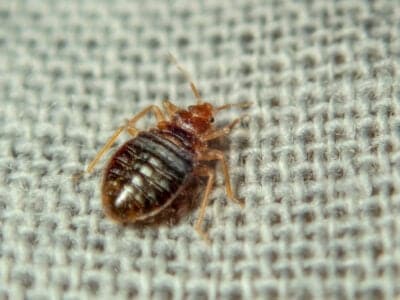
Bed Bugs
Bed bugs feed for 4-12 minutes.
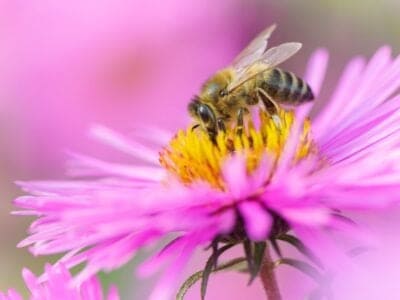
Bee
Rock paintings of bees date back 15,000 years
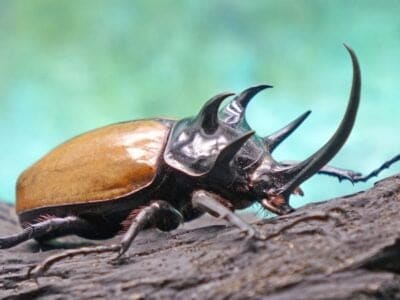
Beetle
There are more than 350,000 different species
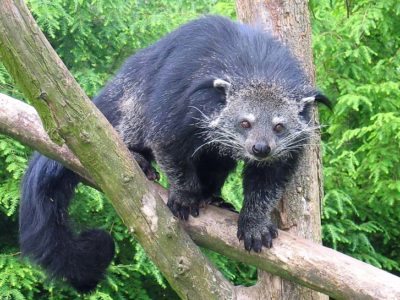
Binturong
Also known as the Asian Bearcat!
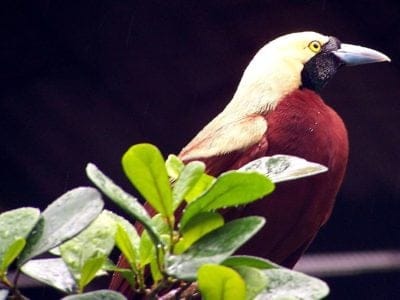
Bird
Not all birds are able to fly!
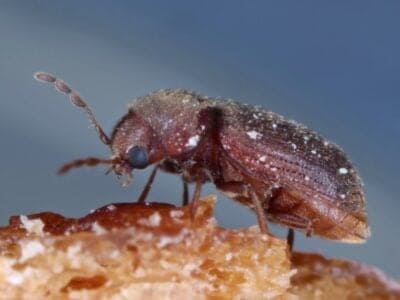
Biscuit Beetle
The biscuit beetle form a symbiotic relationship with yeast
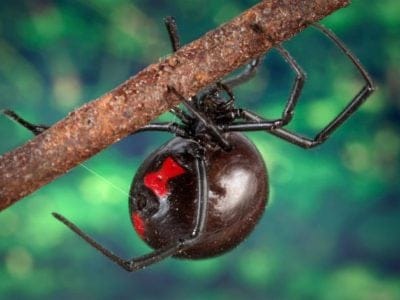
Black Widow Spider
They typically prey on insects!
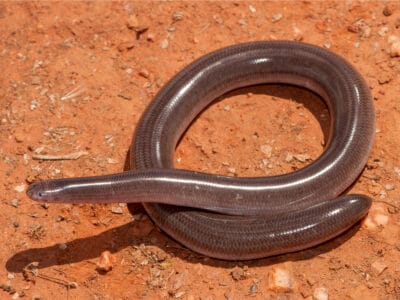
Blind Snake
The blind snake is often mistaken for a worm.
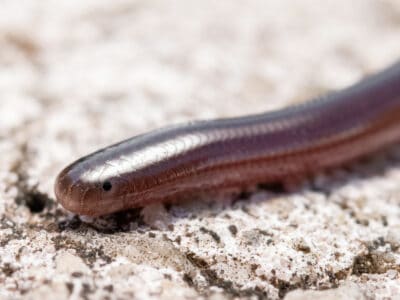
Brahminy Blindsnake
These snakes have been introduced to all continents, except Antarctica!
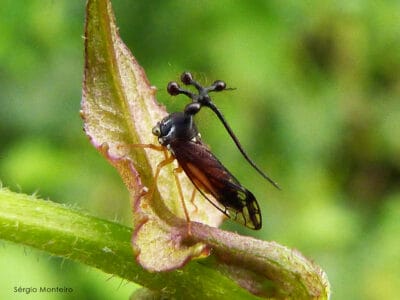
Brazilian Treehopper
“Mild-Mannered Minimonsters”
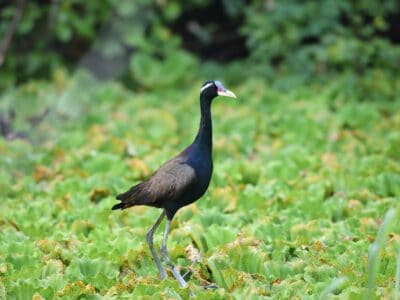
Bronze-winged Jacana
Fathers pick up their young and carry them under their wings
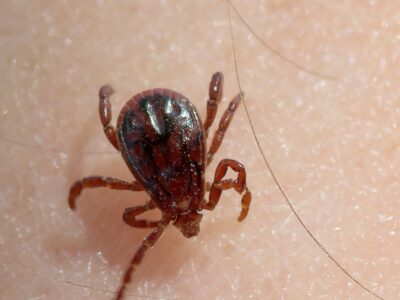
Brown Dog Tick
Can live its entire life indoors
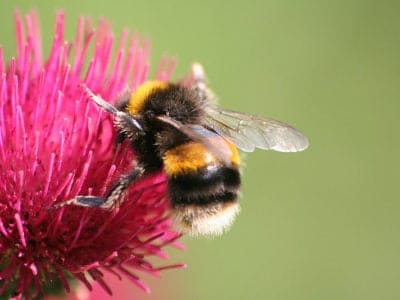
Bumblebee
The most common species of bee!
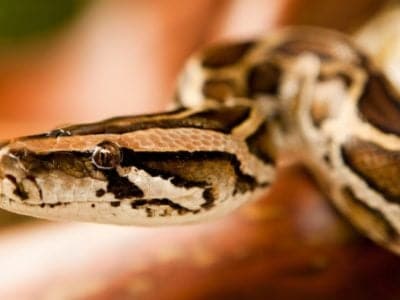
Burmese Python
These snakes can swallow their prey as whole.
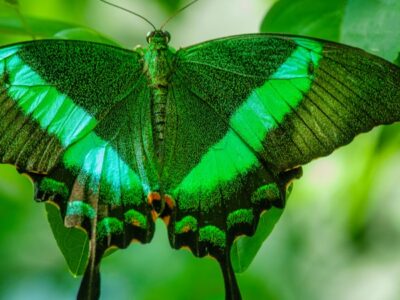
Butterfly
There are thought to be up 17,500 species!
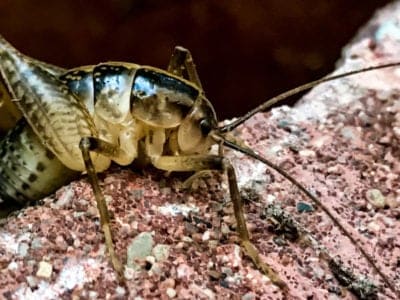
Camel Cricket
The camel crickets that are found in the USA are light brown in color. They also have dark streaks all over their body.
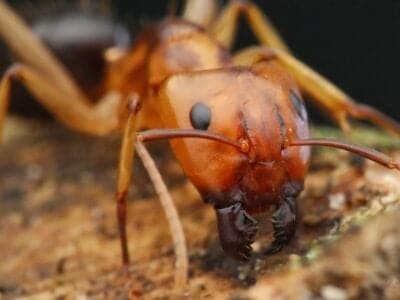
Carpenter Ant
Carpenter ants can lift up to seven times their own weight with their teeth!
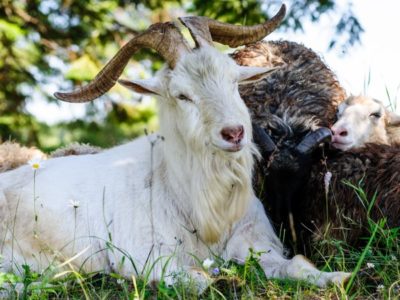
Cashmere Goat
Cashmere goat are named after Kashmir regions of India and Pakistan
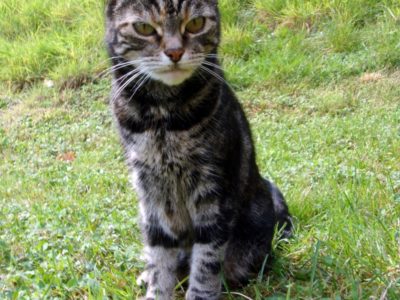
Cat
May have been domesticated up to 10,000 years ago.
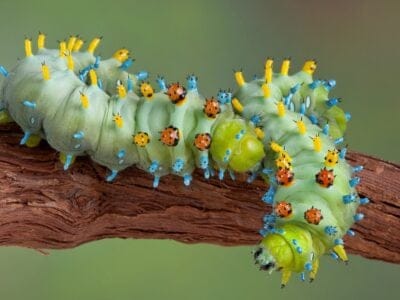
Caterpillar
The larvae of a moth or butterfly!
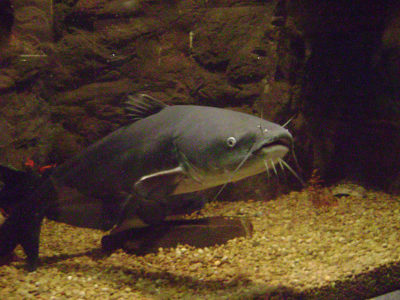
Catfish
There are nearly 3,000 different species!
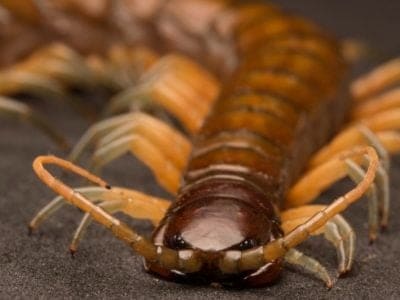
Centipede
There are about 3,000 documented species!

Chicken
First domesticated more than 10,000 years ago!
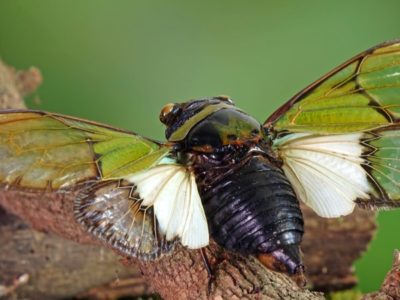
Cicada
Cicadas have one of the longest insect lifespans
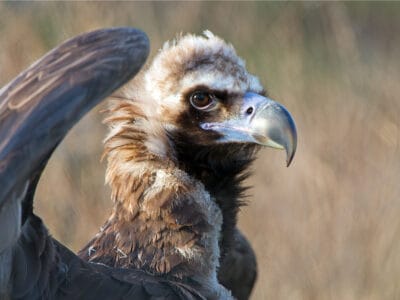
Cinereous Vulture
This vulture can fly at great heights. At least one was found a few thousand feet from the top of Mount Everest.
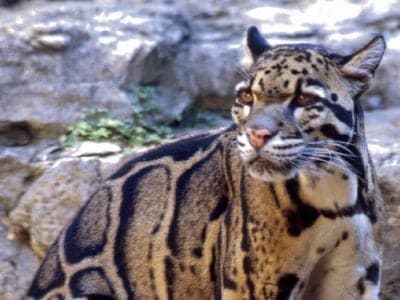
Clouded Leopard
Has canines that can be two inches long!

Cobalt Blue Tarantula
Cobalt blue tarantulas spend most of their time in self-dug burrows and only emerge when it's time to eat
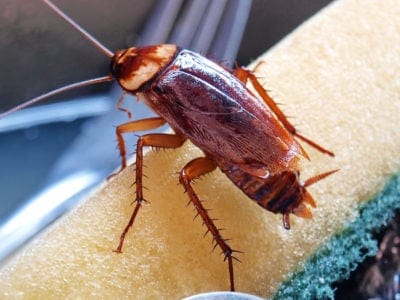
Cockroach
Dated to be around 300 million years old!
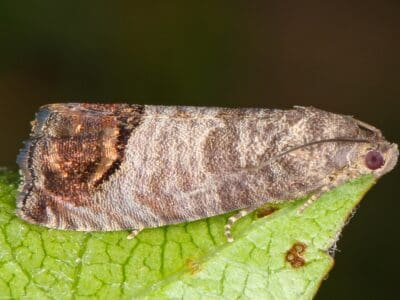
Codling Moth
Pupae are able to undergo diapause to survive poor fruit yield years and winter.
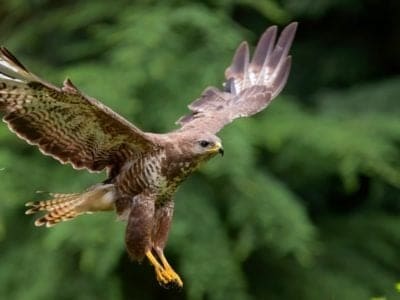
Common Buzzard
The most common raptor in the UK!
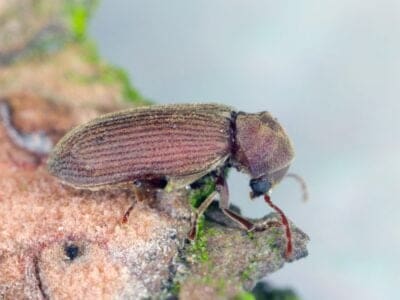
Common Furniture Beetle
The common furniture beetle feeds exclusively on wood
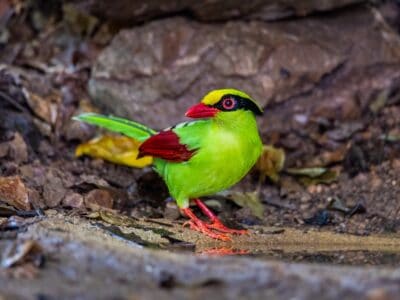
Common Green Magpie
Magpies are aggressive when threatened, often “dive-bombing” at intruders
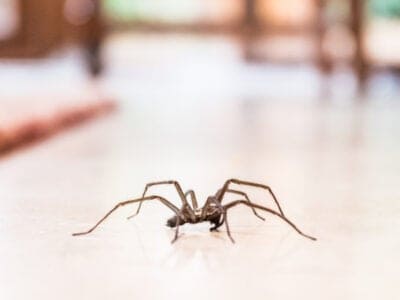
Common House Spider
House spiders have the ability to eat most insects in a home.
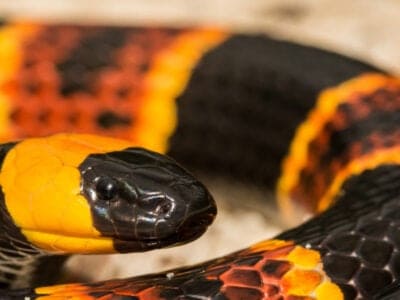
Coral Snake
There are over 80 species of coral snake worldwide.
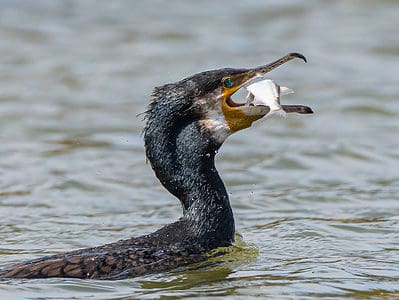
Cormorant
They can fly 35 mph and dive 150 feet below water.
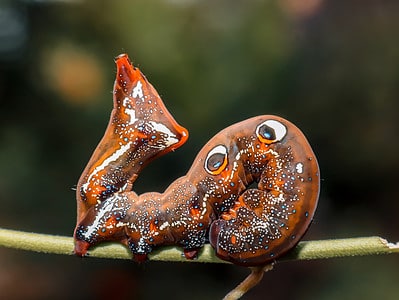
Cosmic Caterpillar
Cosmic caterpillars have spots on their back that look like eyes to scare off predators.
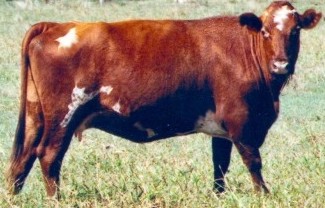
Cow
There are nearly 1.5 billion worldwide!
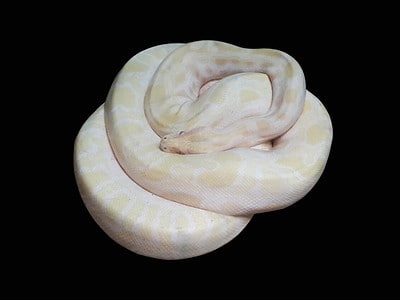
Cow Reticulated Python
Cow reticulated pythons hatch solid white, then develop spots as they mature.
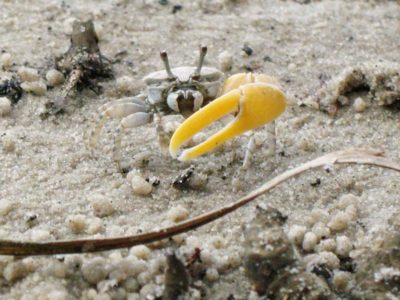
Crab
There are 93 different crab groups
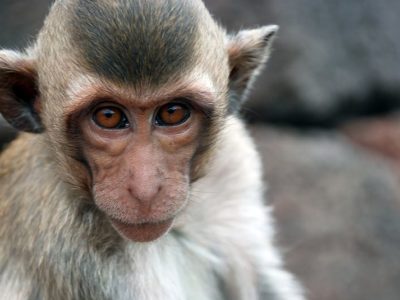
Crab-Eating Macaque
Found throughout the South-East Asian jungles!
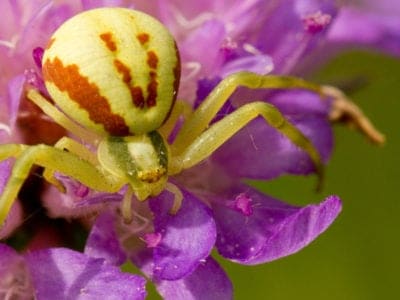
Crab Spider
Crab Spiders can mimic ants or bird droppings
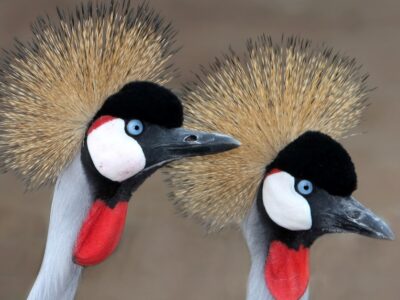
Crane
Many are critically endangered species!
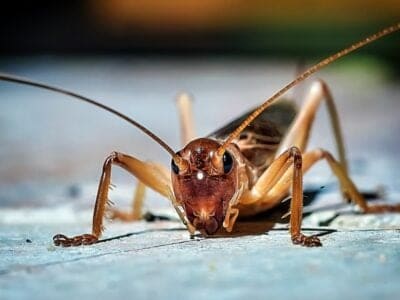
Cricket
Male crickets can produce sounds by rubbing their wings together
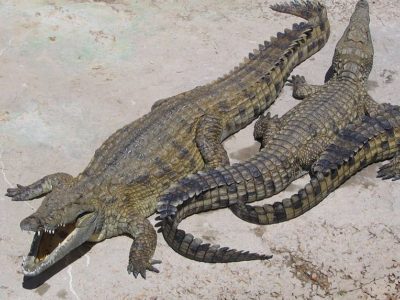
Crocodile
Have changed little in 200 million years!
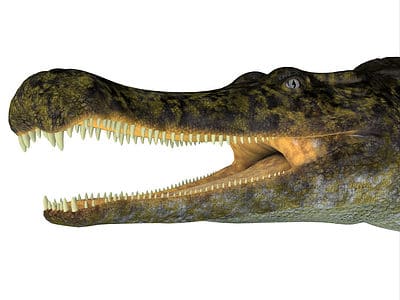
Crocodylomorph
Crocodylomorphs include extinct ancient species as well as 26 living species today.
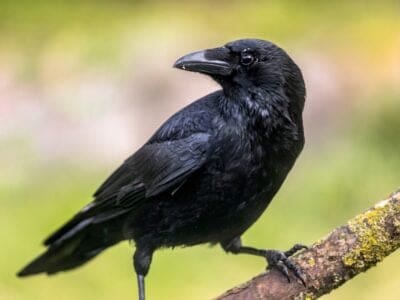
Crow
A group of these birds is called a Murder.
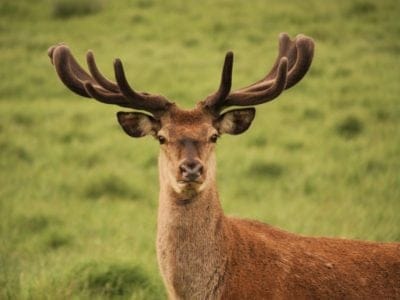
Deer
There are around 40 different species!
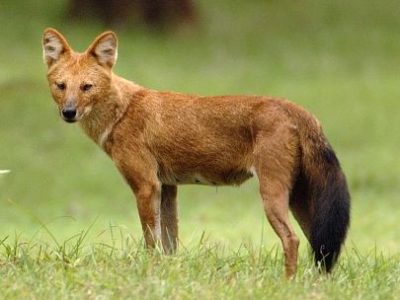
Dhole
Only 2,000 left in the wild!

Dog
First domesticated in South-East Asia!
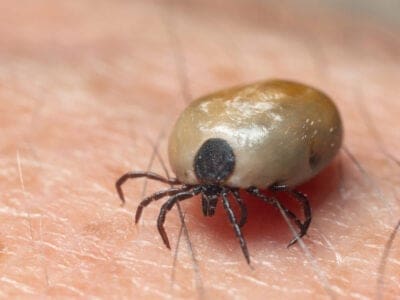
Dog Tick
Dog ticks feed on dogs and other mammals
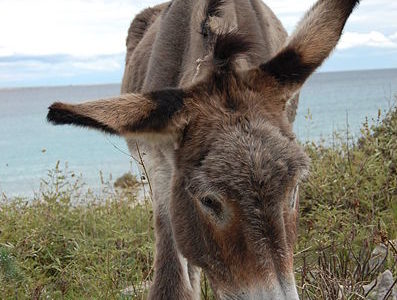
Donkey
First domesticated 5,000 years ago!
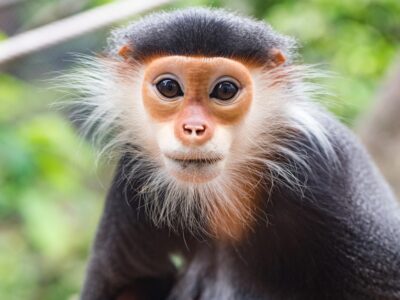
Douc
When these monkeys want to mate, they wiggle their eyebrows.
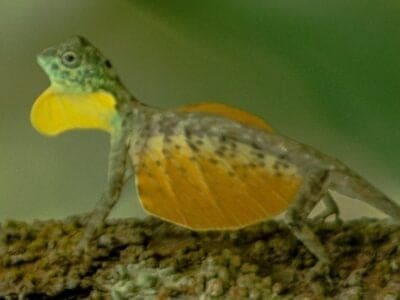
Draco Volans Lizard
Beneath the lizard’s “wings” are a pair of enlarged ribs for support.
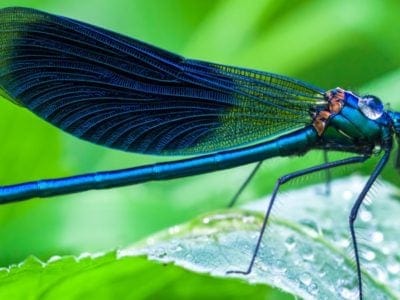
Dragonfly
It's larvae are carnivorous!
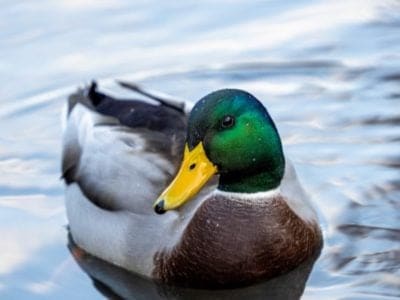
Duck
Rows of tiny plates line their teeth!
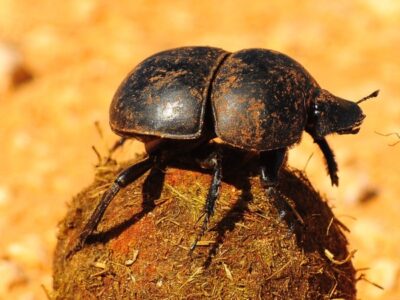
Dung Beetle
The dung beetle can push objects many times its own weight
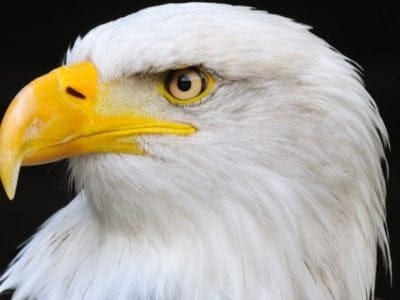
Eagle
Has exceptional eyesight!
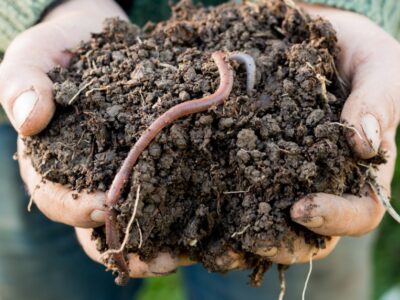
Earthworm
They are hermaphrodites, which means they have male and female organs
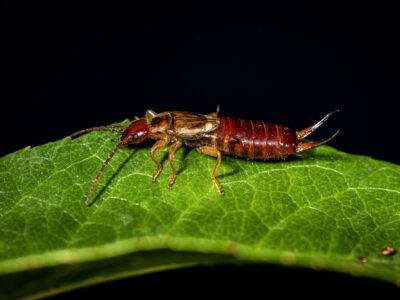
Earwig
There are nearly 2,000 different species!

Eel
Eels can be a mere few inches long to 13 feet!
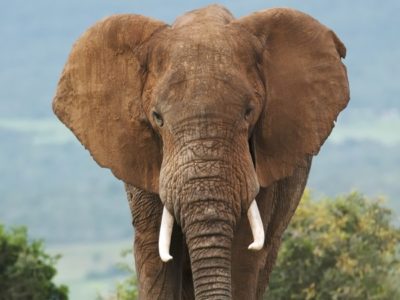
Elephant
Spends around 22 hours a day eating!
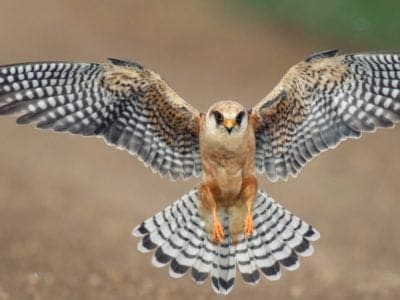
Falcon
The fastest creatures on the planet!
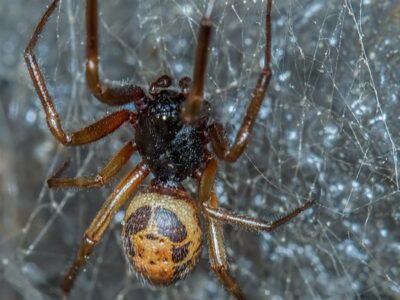
False Widow Spider
False spiders actually prey on black widow spiders and other hazardous spiders
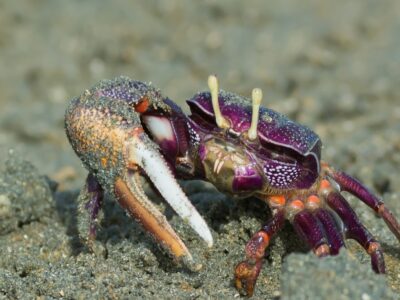
Fiddler Crab
The fiddler crab gets its name from the motion the males make with their over-sized claw during the mating ritual.
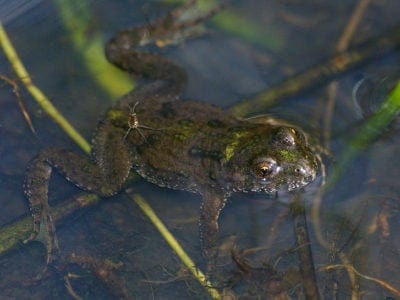
Fire-Bellied Toad
Found across mainland Europe and Asia!
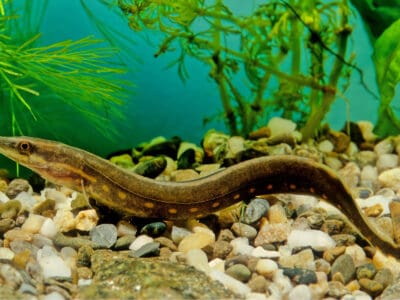
Fire Eel
Fire Eels are not true eels.
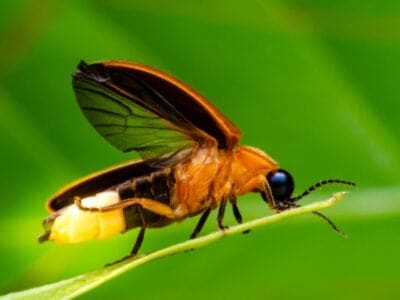
Firefly
The firefly produces some of the most efficient light in the world
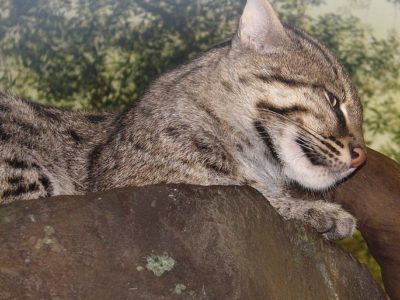
Fishing Cat
Scoops fish out of the water using it's paw!
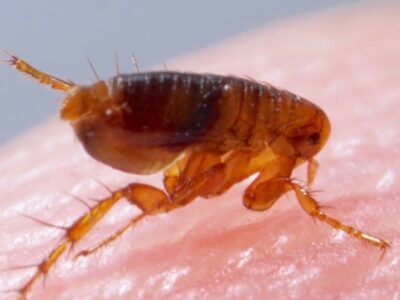
Flea
Adult fleas can jump up to 7 inches in the air
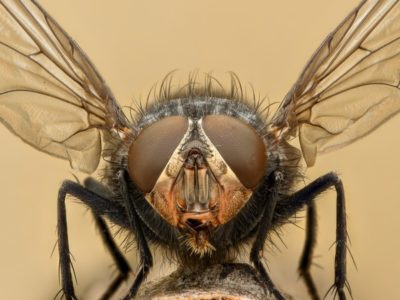
Fly
There are more than 240,000 different species!
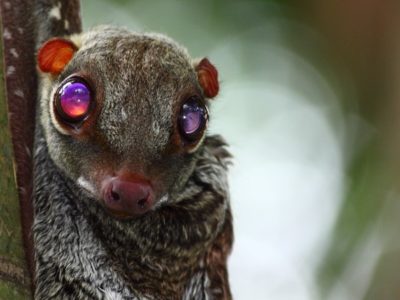
Flying Lemur
The second pair of upper incisors in a flying lemur has a double root, which is unique for mammals.
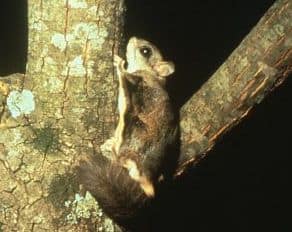
Flying Squirrel
Can glide up to 90 meters!
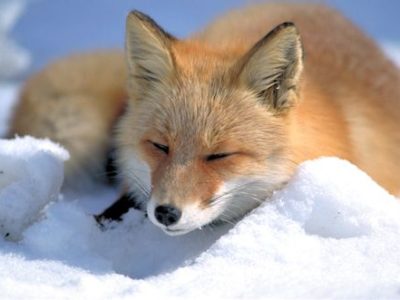
Fox
Only 12 species are considered "true foxes"
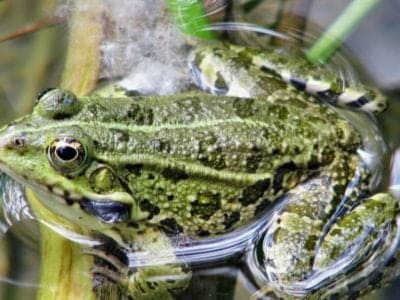
Frog
There are around 7,000 different species!
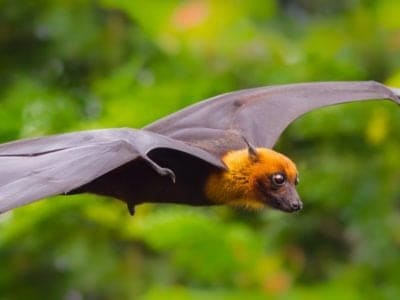
Fruit Bat
Among the largest bats in the world
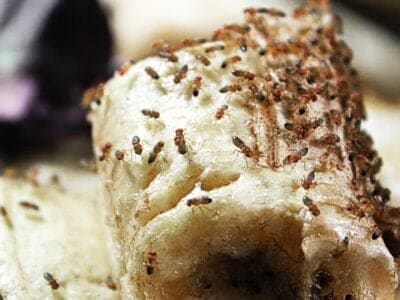
Fruit Fly
Fruit flies are among the most common research animals in the world
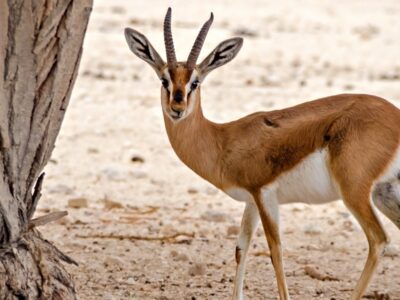
Gazelle
Named for the Arabic word for love poems
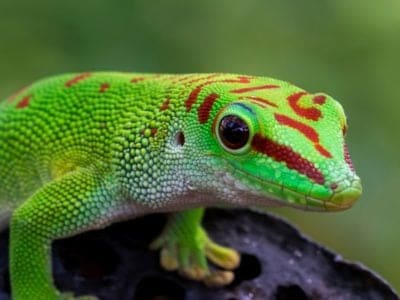
Gecko
There are thought to be over 2,000 species!
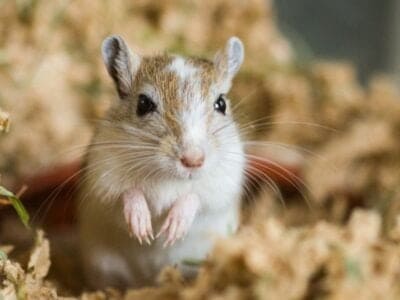
Gerbil
Originally known as the Desert Rat!
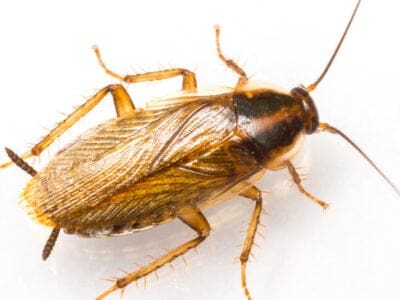
German Cockroach
The most common type of urban roach
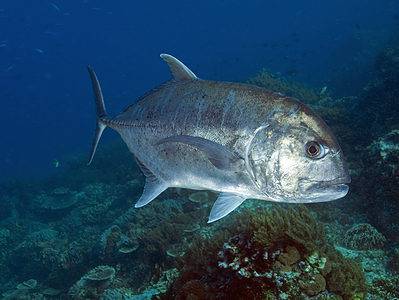
Giant Trevally
The largest fish in its genus
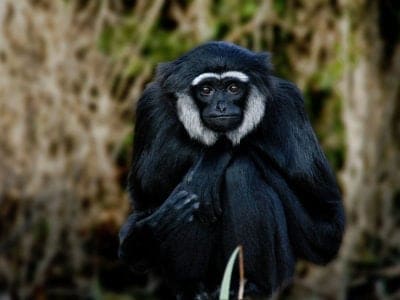
Gibbon
Found in dense jungles and tropical forests!
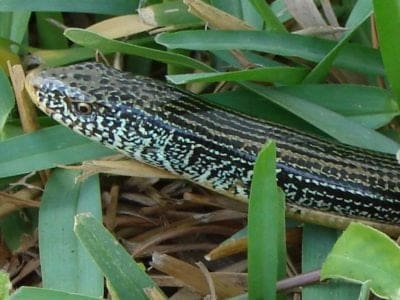
Glass Lizard
Can grow up to 4ft long!
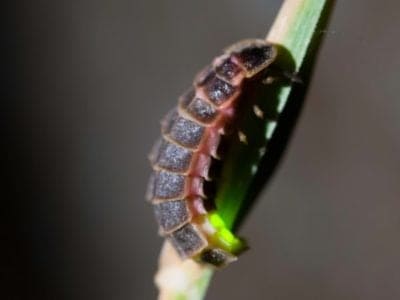
Glowworm
Found inhabiting dense woodland and caves!
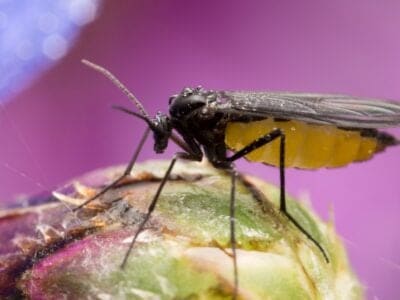
Gnat
Males form large mating swarms at dusk
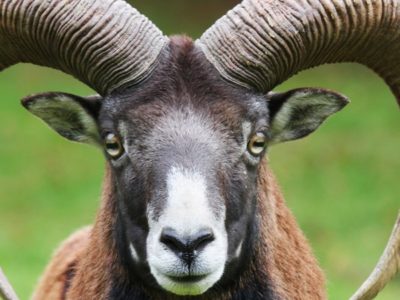
Goat
Most closely related to the Sheep!
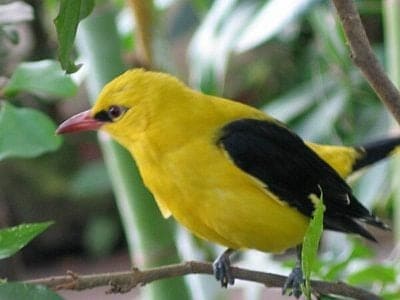
Golden Oriole
Migrates between Europe and Asia!
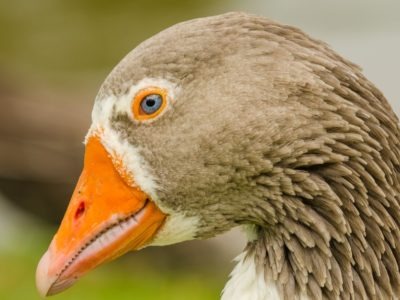
Goose
There are 29 different species!
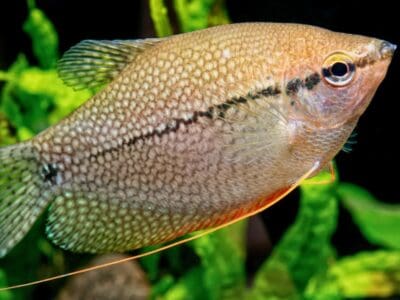
Gourami
Gourami fishes show parental care for their young
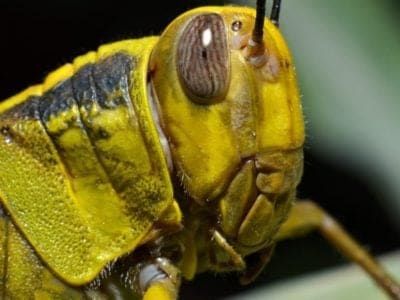
Grasshopper
There are 11,000 known species!
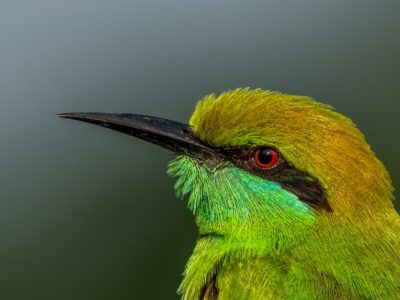
Green Bee-Eater
Mainly eats honeybees!
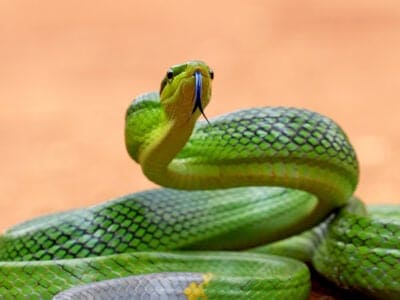
Green Rat Snake
The green rat snake catches its meals in midair!
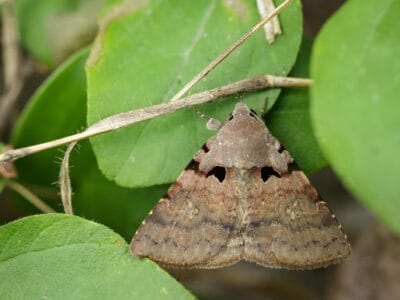
Gypsy Moth
One of the most invasive species in the world
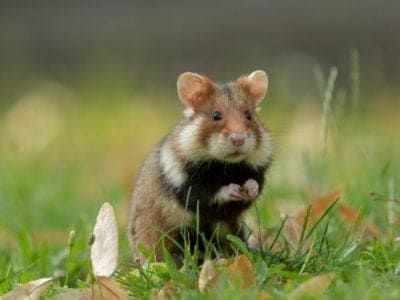
Hamster
Able to run as quickly backwards as forwards!
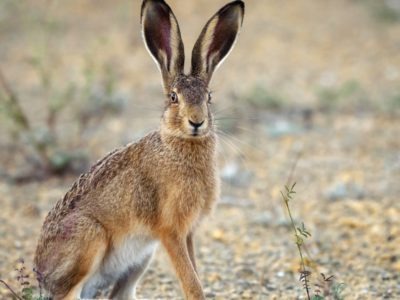
Hare
Can reach speeds of over 50 mph!
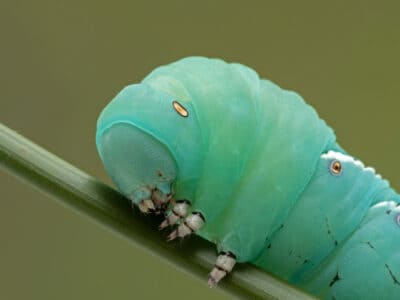
Hawk Moth Caterpillar
Many hawk moth caterpillars eat toxins from plants, but don’t sequester them the way milkweed butterflies do. Most toxins are excreted.
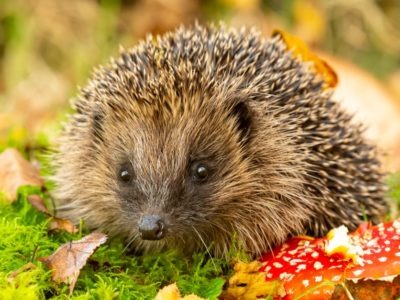
Hedgehog
Thought to be one of the oldest mammals on Earth!
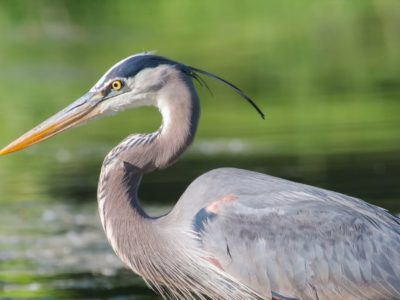
Heron
Inhabits wetlands around the world!
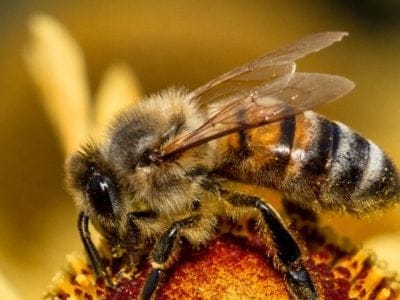
Honey Bee
There are only 8 recognized species!
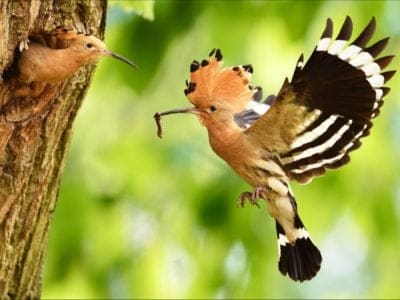
Hoopoe
Stunning bird with a stinky way to deter predators!
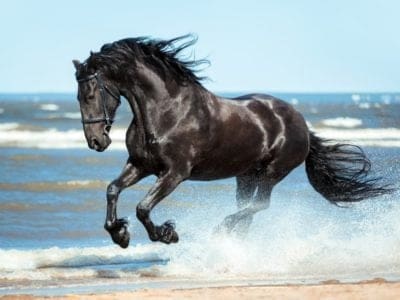
Horse
Has evolved over 50 million years!
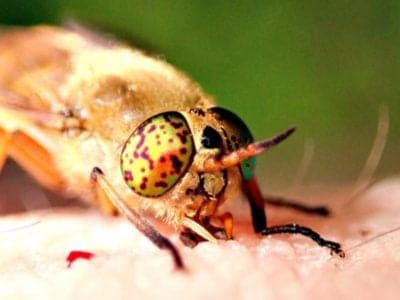
Horsefly
Horseflies have been seen performing Immelmann turns, much like fighter jets.
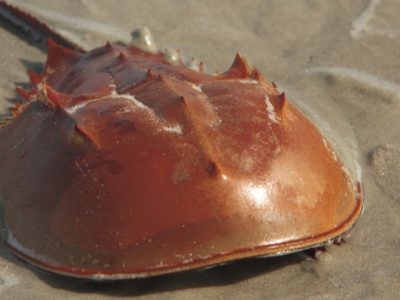
Horseshoe Crab
Changed little in over 500 million years!
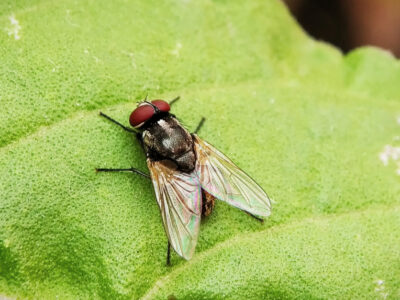
Housefly
The fly has no teeth

Human
Thought to have orignated 200,000 years ago!
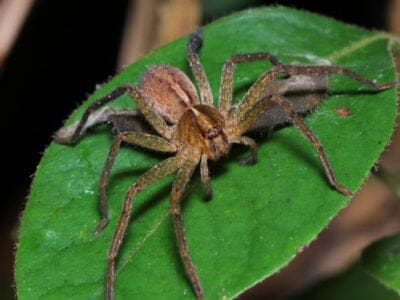
Huntsman Spider
Some huntsman spiders have an interesting way of moving around. Some cartwheel while others do handsprings or backflips.
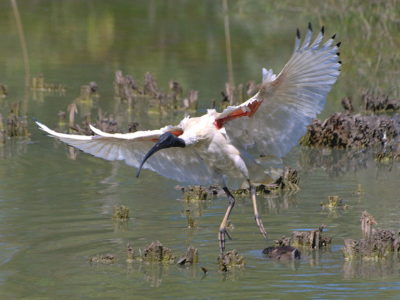
Ibis
Found in swamps, marshes and wetlands!
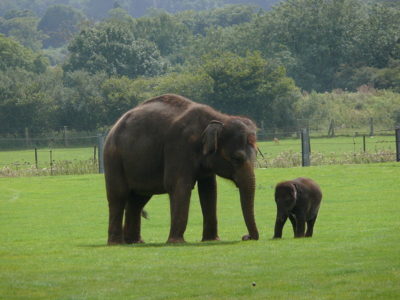
Indian Elephant
Found throughout south-east Asia!
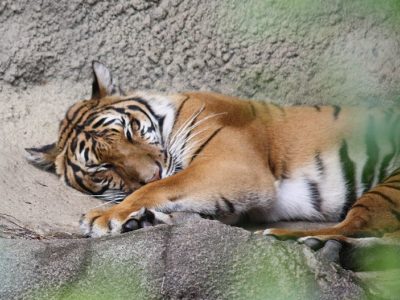
Indochinese Tiger
Now thought to be extinct in China!
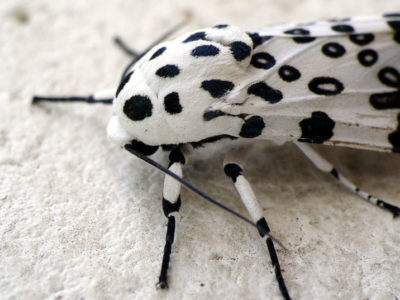
Insects
There are an estimated 30 million species!
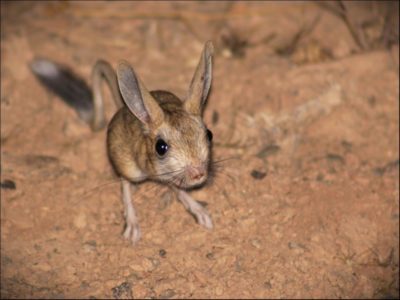
Jerboa
Tiny rodent with a kangaroo-like jump!
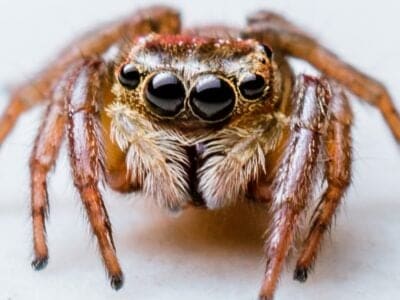
Jumping Spider
Some can jump 50 times the length of their bodies

King Cobra
They are the longest venomous snake in the world.
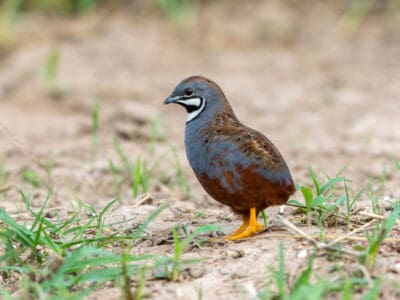
King Quail
Females look similar to males but don’t come in shades of blue
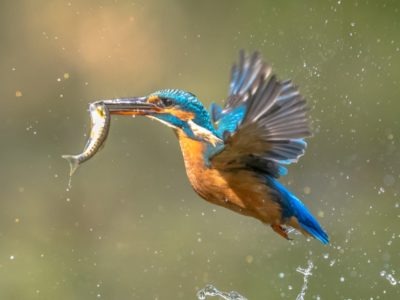
Kingfisher
Inhabits wetlands and woodlands worldwide!
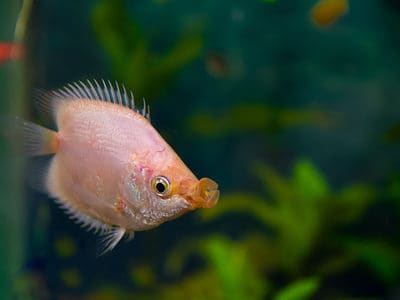
Kissing Gourami
The kissing gesture that the kissing gourami displays is not a mating gesture
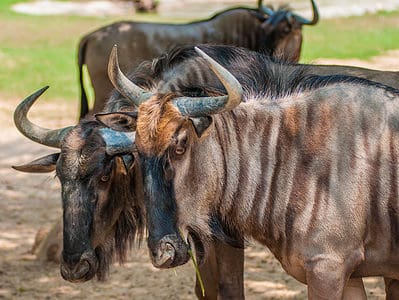
Kouprey
The kouprey is one of the rarest mammals in the world
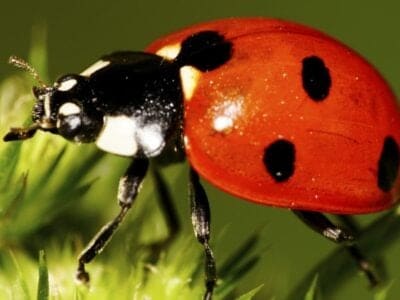
Ladybug
There are more than 5,000 species worldwide!
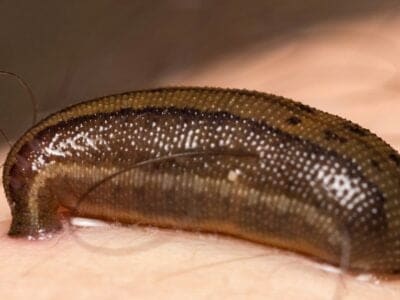
Leech
Has 10 pairs of eyes!
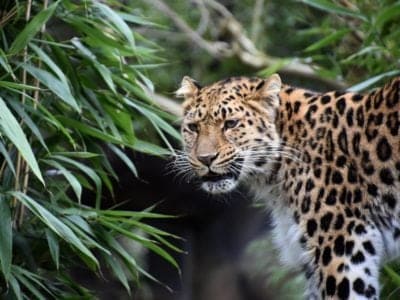
Leopard
Spends much of the time high in the trees!
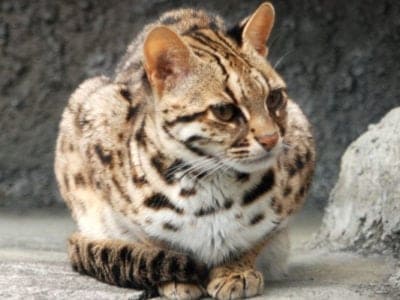
Leopard Cat
There are 11 different species!

Liger
The offspring of a lion and tiger parents!
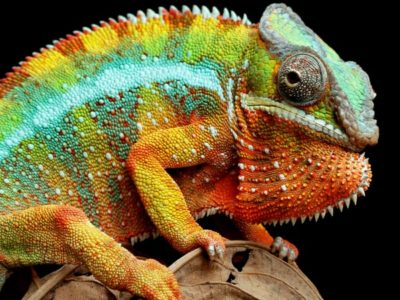
Lizard
There are around 5,000 different species!
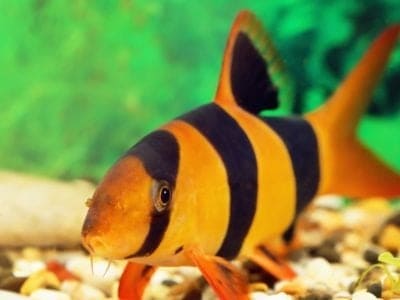
Loach
Have sharp spines below their eyes
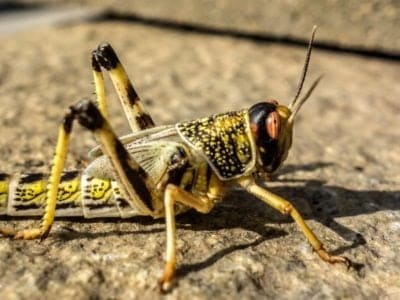
Locust
Each locust can eat its weight in plants each day.
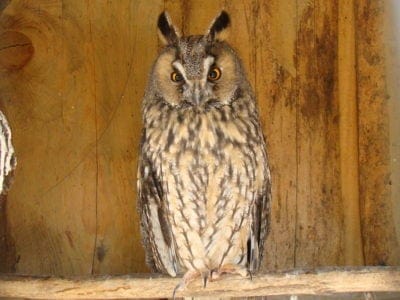
Long-Eared Owl
Ear tufts make it look bigger!
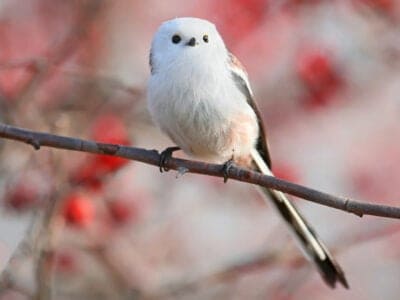
Long-Tailed Tit
Often hangs upside down while feeding!
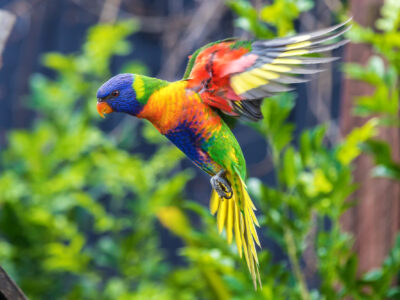
Lorikeet
The lorikeet has a long brush-like tongue with fine hairs on it
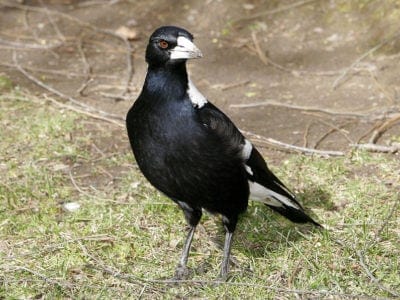
Magpie
They are found across Europe, Asia and Africa!
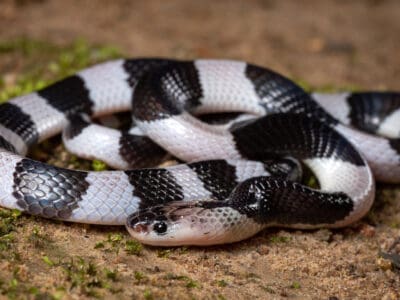
Malayan Krait
It's called the five-step snake because if a person is bitten, they can walk about five steps before dying.
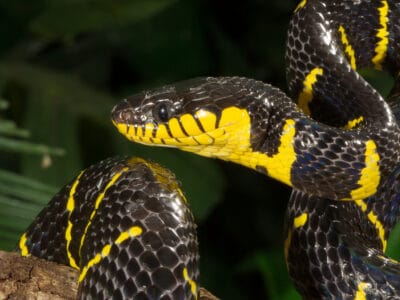
Mangrove Snake
Mangrove snakes have small fangs that are more like enlarged teeth at the back of their jaw.
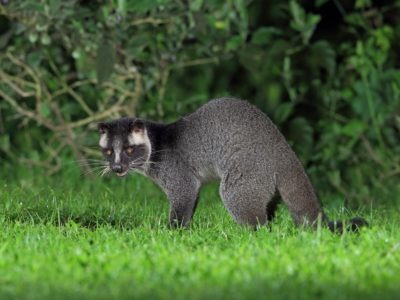
Masked Palm Civet
Found throughout Asia, India and China!
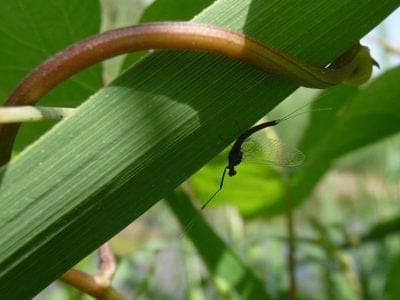
Mayfly
There are 2,500 known species worldwide!
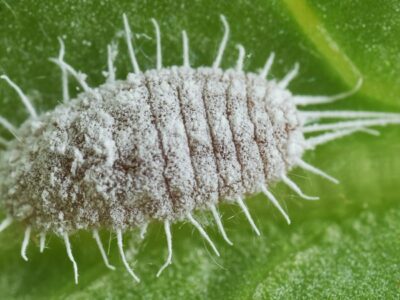
Mealybug
They have a symbiotic relationship with ants.
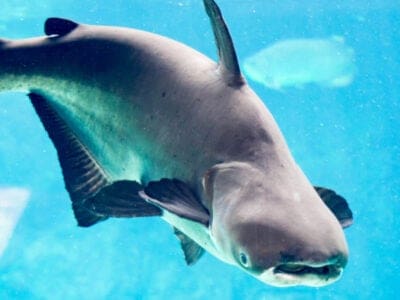
Mekong Giant Catfish
The Mekong giant catfish is the largest purely freshwater fish in the world
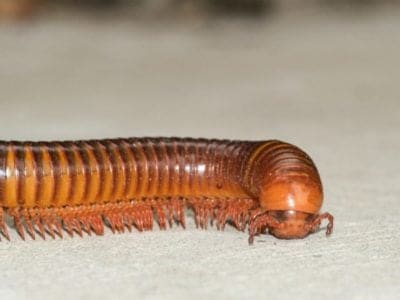
Millipede
Some species have a poisonous bite!
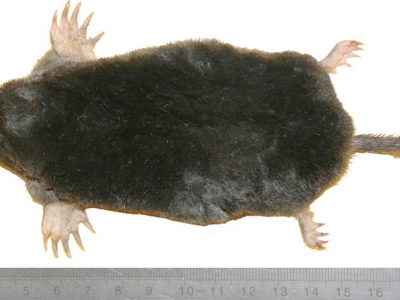
Mole
Primarily hunts and feeds on Earthworms!
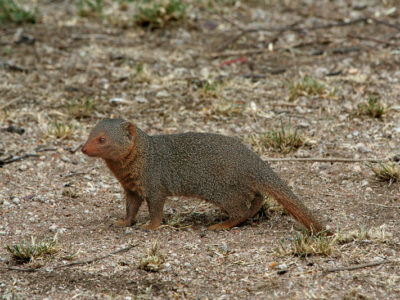
Mongoose
Range in size from just 1 to 3 foot!

Mongrel
Has characteristics of two or more breeds!
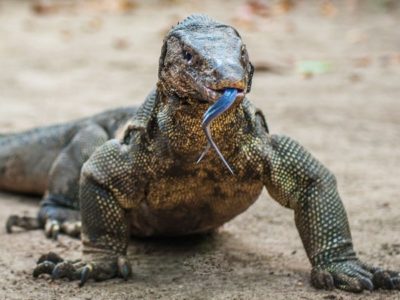
Monitor Lizard
Some species are thought to carry a weak venom!
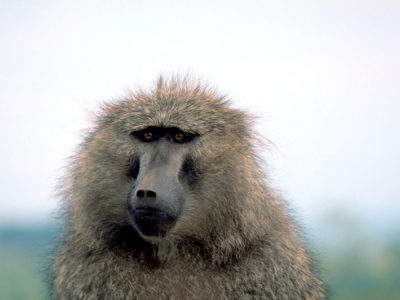
Monkey
There are around 260 known species!
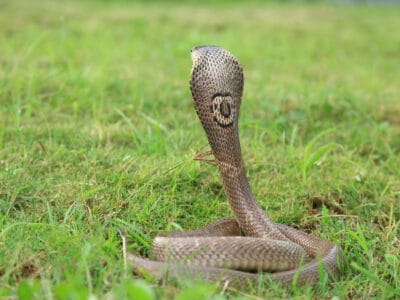
Monocled Cobra
The monocled cobra is responsible for the highest fatality rate of any snake in all of Thailand.
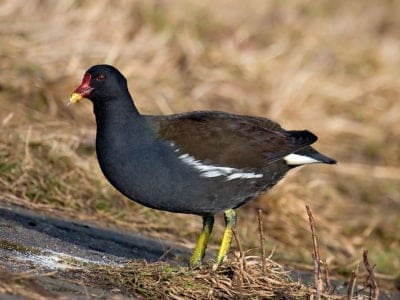
Moorhen
Feeds on aquatic insects and water-spiders!
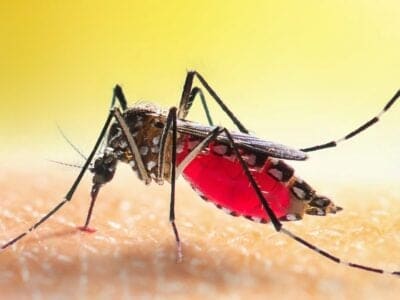
Mosquito
Only the female mosquito actually sucks blood
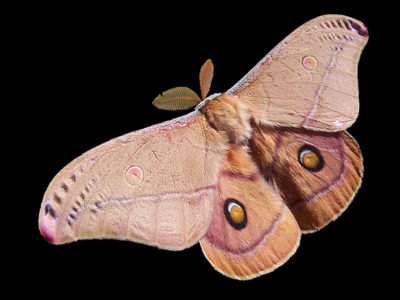
Moth
There are 250,000 different species!
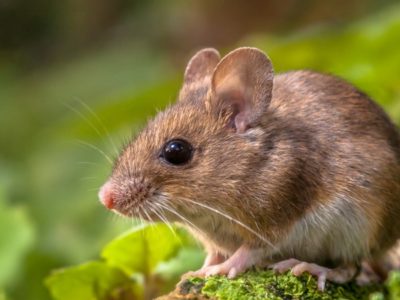
Mouse
Found on every continent on Earth!
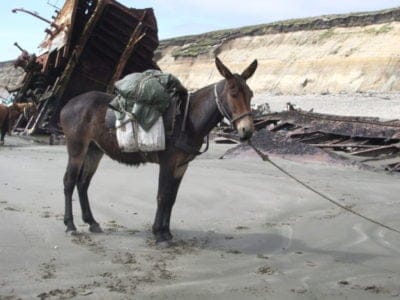
Mule
The offspring of a horse and donkey parents!
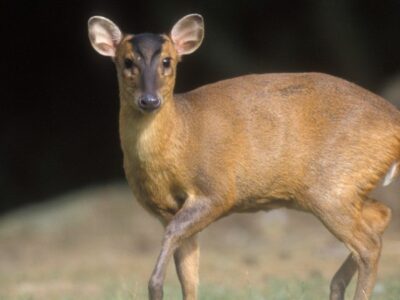
Muntjac
The muntjac is the smallest type of deer in the world
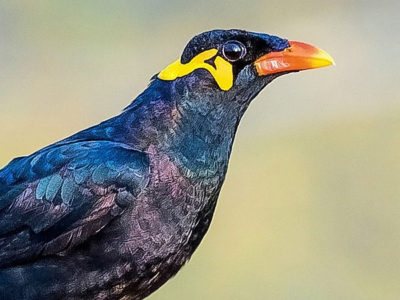
Myna Bird
Many people believe the hill myna bird is better at mimicking humans than a parrot!

Neanderthal
Roamed Asia and Europe for around 100,000 years!
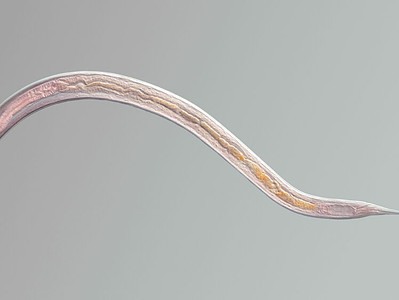
Nematode
Nematodes range in size from 1/10 of an inch to 28 feet long
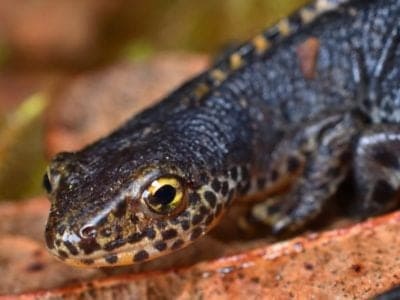
Newt
Able to regrow lost or damaged limbs!
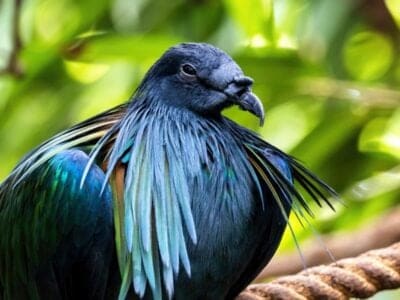
Nicobar pigeon
Unlike other pigeons, Nicobar pigeons don't fly in haphazard flocks but in columns or single file.
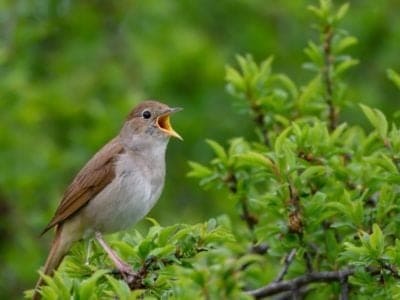
Nightingale
Named more than 1,000 years ago!
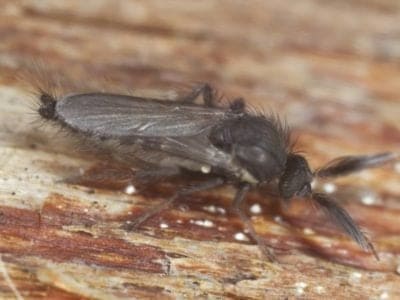
No See Ums
There are more than 5,000 species.
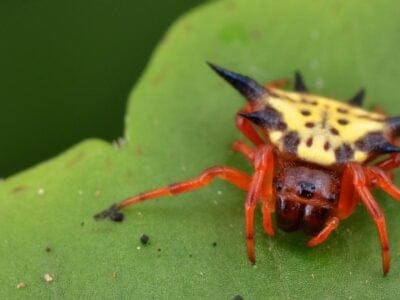
Orb Weaver
Females are about four times the size of males
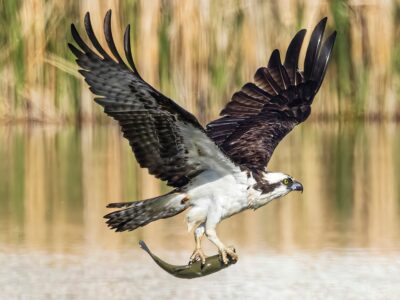
Osprey
They reuse nesting sites for 70 years!

Otter
There are 13 different species worldwide
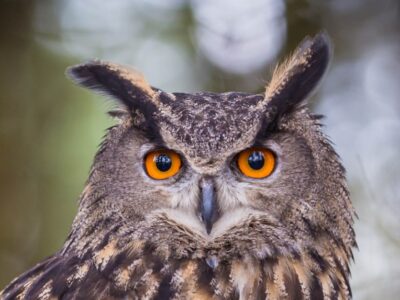
Owl
The owl can rotate its head some 270 degrees
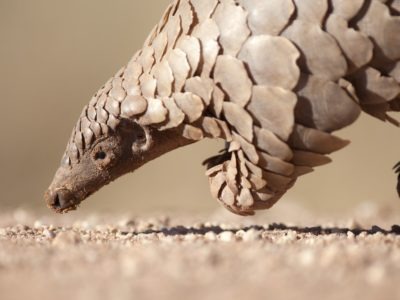
Pangolin
Bad eyesight, but great sense of smell
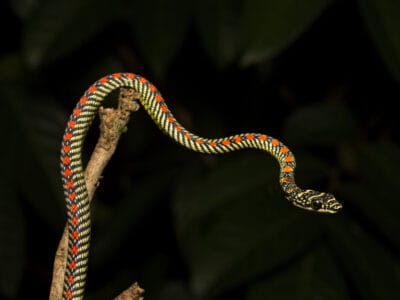
Paradise Flying Snake
Paradise Flying Snakes can glide over 100 yards!
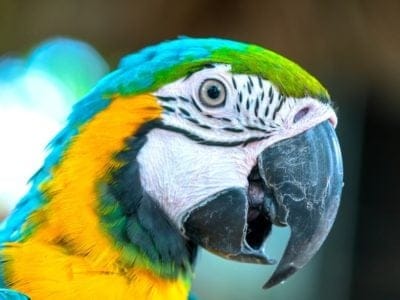
Parrot
Can live for up to 100 years!
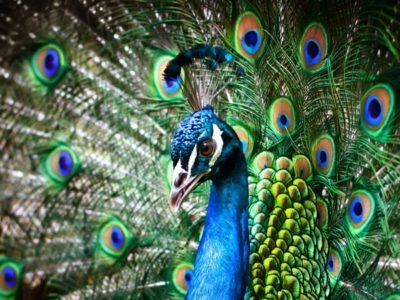
Peacock
Most commonly found on the Indian mainland!
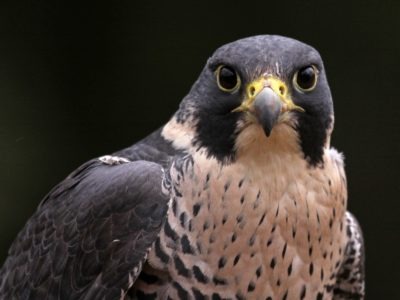
Peregrine Falcon
Fastest animal on Earth
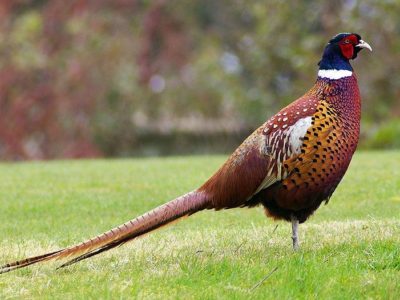
Pheasant
Females lay between 8 and 12 eggs per clutch!
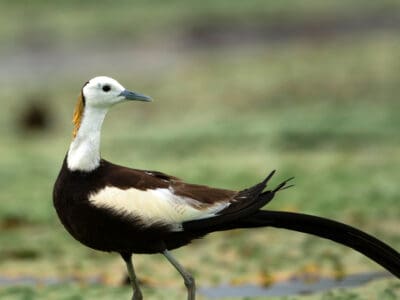
Pheasant-tailed Jacana
The pheasant-tailed jacana is the only species in its family that migrates long distances.
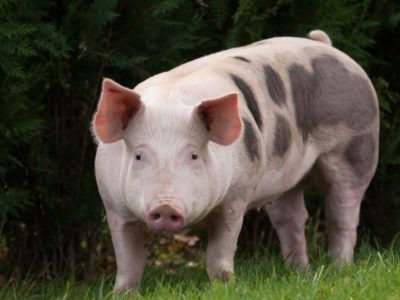
Pig
Thought to have been domesticated in 9,000 BC!
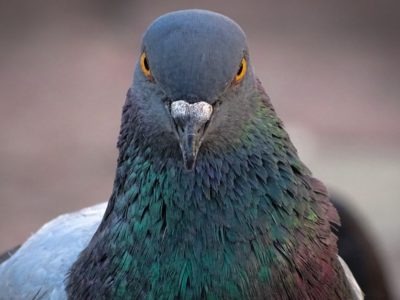
Pigeon
They can find their way back to their nests from up to 1300 miles away.
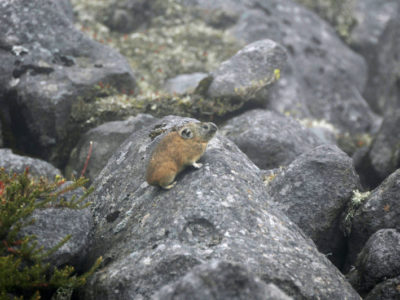
Pika
Found in mountainous regions and rocky areas
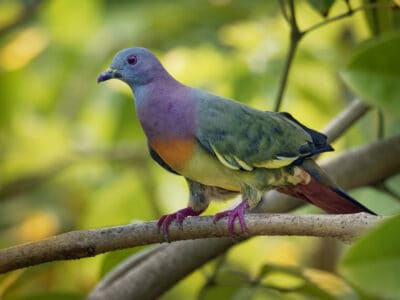
Pink-Necked Green Pigeon
They make whistling and quacking noises
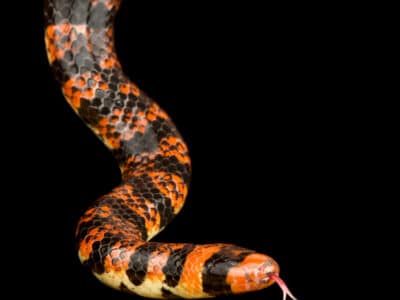
Pipe Snake
Some of these snakes flatten their neck and raise their heads to imitate cobras if they’re threatened.
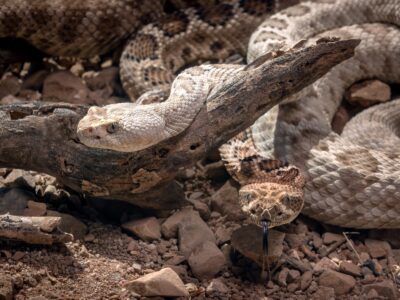
Pit Viper
Pit vipers's fangs fold up into their mouths when they don't need them.
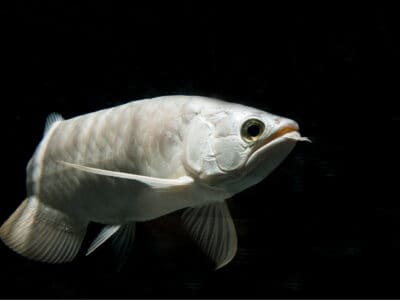
Platinum Arowana
The male broods the eggs and baby fish in his mouth.
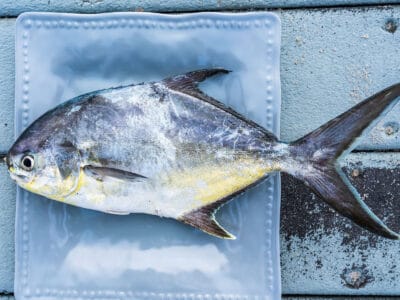
Pompano Fish
They are bottom-feeders
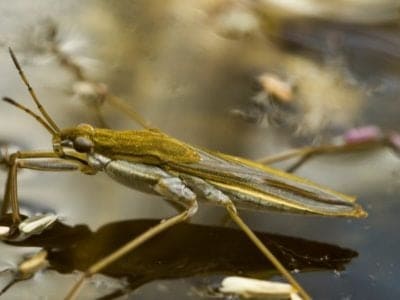
Pond Skater
There are 500 different species!
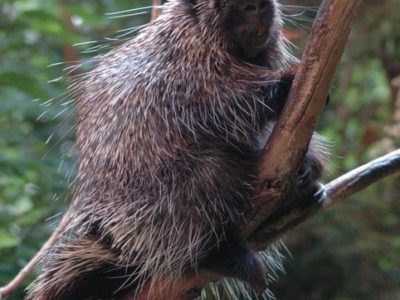
Porcupine
There are 30 different species worldwide!
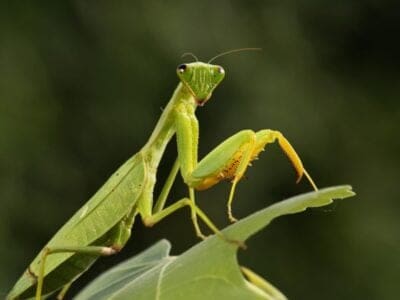
Praying Mantis
The mantis can turn its head 180 degrees.
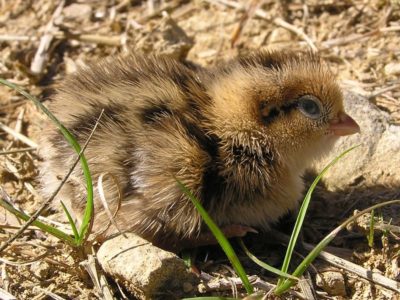
Quail
Inhabits woodland and forest areas worldwide!
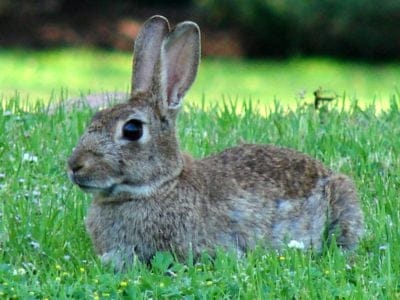
Rabbit
There are more than 300 different species!
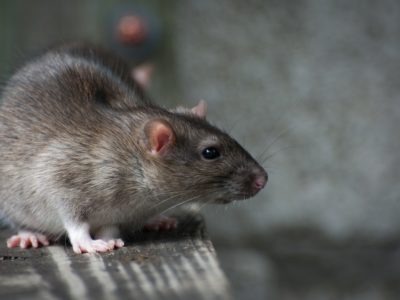
Rat
Omnivores that eat anything!

Rat Snakes
Rat snakes are constrictors from the Colubridae family of snakes.
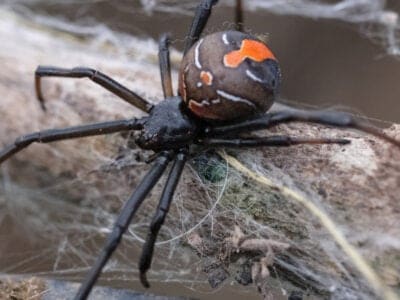
Redback Spider
The redback spiders found in New Caledonia differ from other populations in that they don’t practice sexual cannibalism and don’t bite people as much.
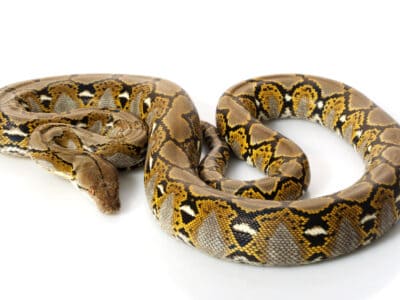
Reticulated python
These popular pets can get big enough to kill their owner.
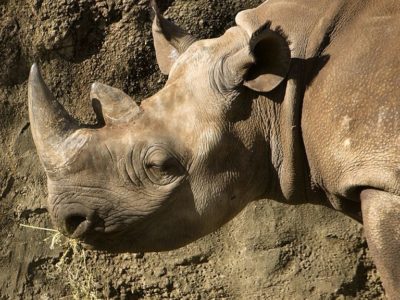
Rhinoceros
It's horns are made from keratin!
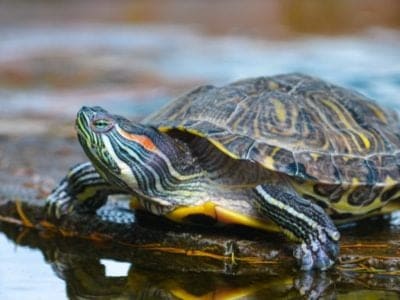
River Turtle
Inhabits freshwater habitats around the world!
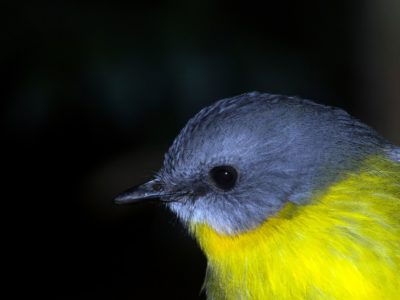
Robin
There are more than 45 species in Australia alone!
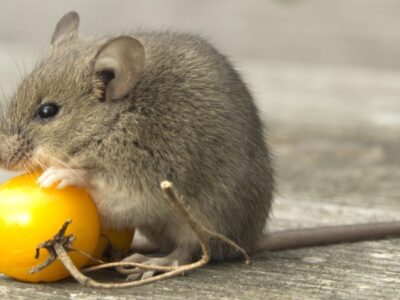
Rodents
The capybara, the world’s largest rodent, likes to be in and around bodies of water. Because of this, the Catholic Church in South America decided that it was a fish, and people were allowed to eat it during Lent and First Fridays.
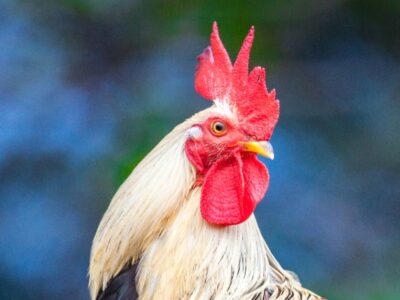
Rooster
Will mate with the entire flock!
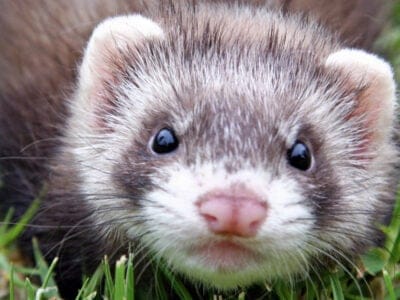
Sable Ferret
Ferrets were used during the Revolutionary War to keep down the rat population.
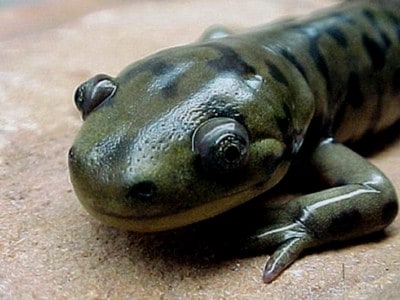
Salamander
There are more than 700 different species!
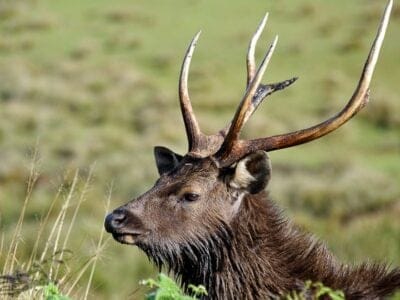
Sambar
Male sambars will compete for mates by clashing together with their antlers
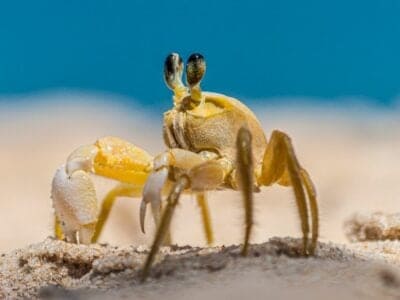
Sand Crab
The sand crab burrows beneath the sand with its tail
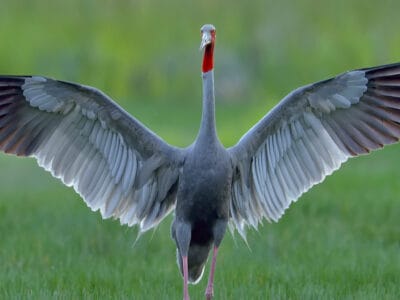
Sarus Crane
Parents use low calls to tell their chicks to freeze and lie still when danger lurks.
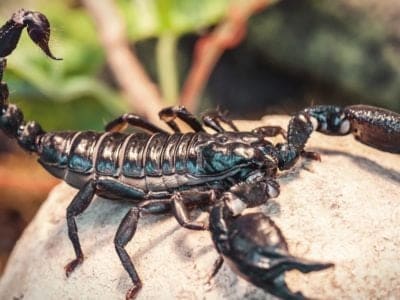
Scorpion
There are around 2,000 known species!
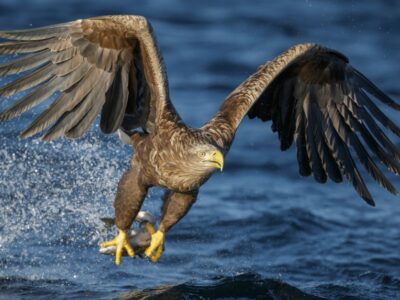
Sea Eagle
The sea eagle tends to mate for life with a single partner
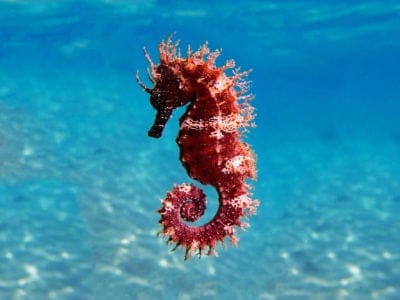
Seahorse
Males give birth to up to 1,000 offspring!
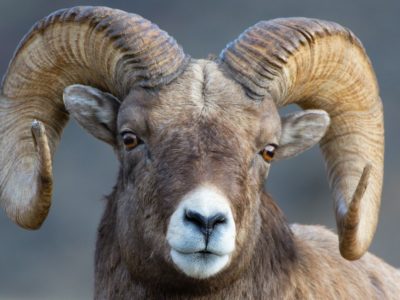
Sheep
Around 35 million in the English countryside!
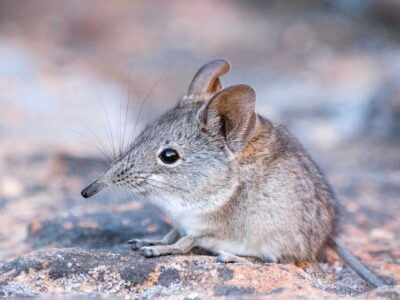
Shrew
The spinal column of the shrew Scutisorex somereni is so strong and reinforced that it can support the weight of an adult human.
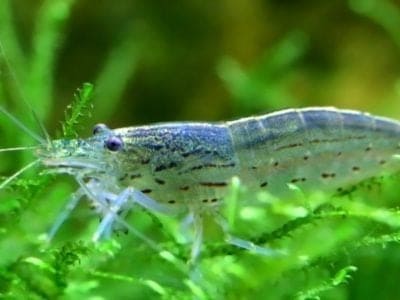
Shrimp
There are 2,000 different species worldwide!
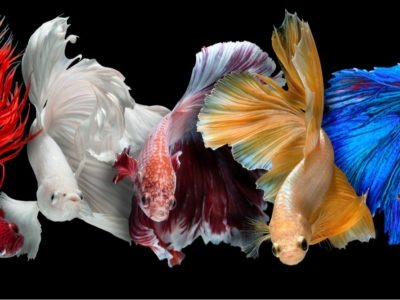
Betta Fish (Siamese Fighting Fish)
Can live in low-oxygen environments!
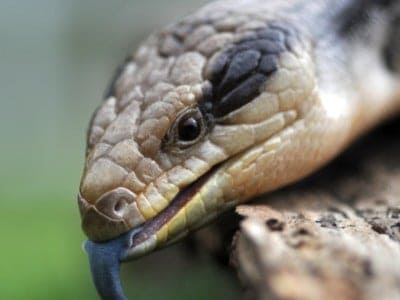
Skink Lizard
Some skinks lay eggs in some habitats while giving birth to skinklets in other habitats.
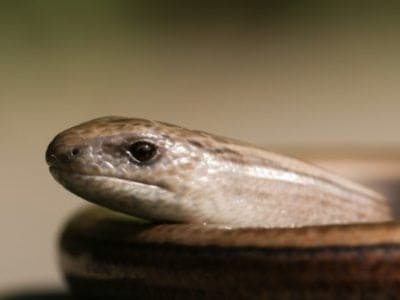
Slow Worm
Found widely throughout British gardens!
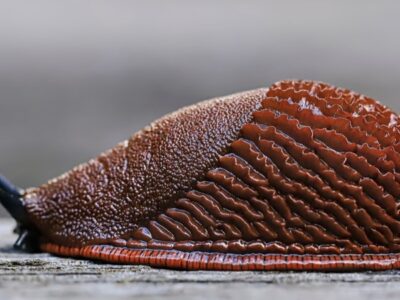
Slug
They glide around on one foot, which is aided by the slime they produce
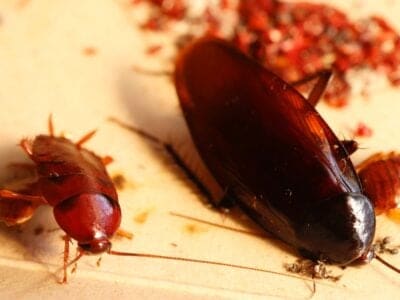
Smokybrown Cockroach
Has up to 45 eggs per egg case
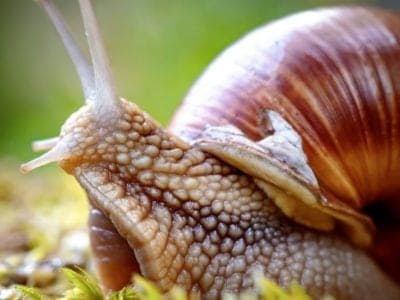
Snail
There are nearly 1,000 different species!
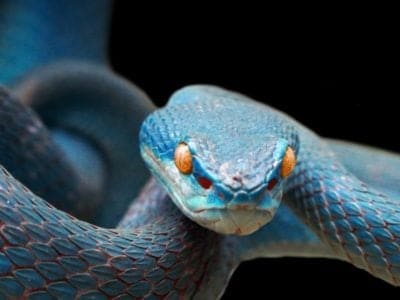
Snake
There are around 4,000 known species worldwide
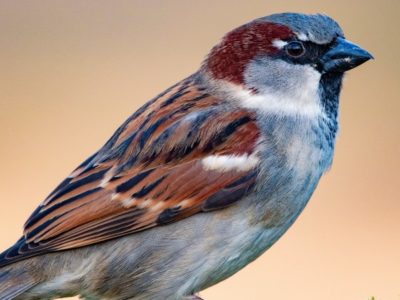
Sparrow
There are 140 different species!
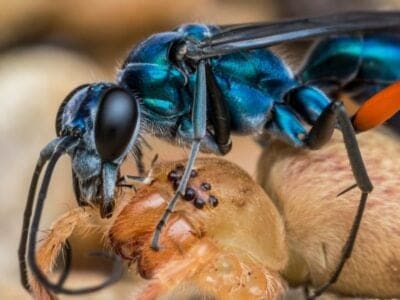
Spider Wasp
They prey on spiders to feed their larvae or they parasitize other spider wasps.
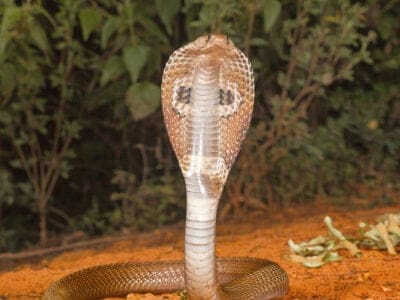
Spitting Cobra
Spitting cobras are types of cobras that can spit venom at predators and prey.
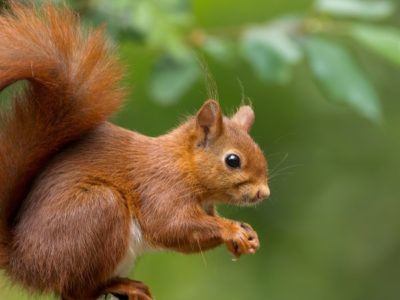
Squirrel
Small rodents found in woodlands worldwide!
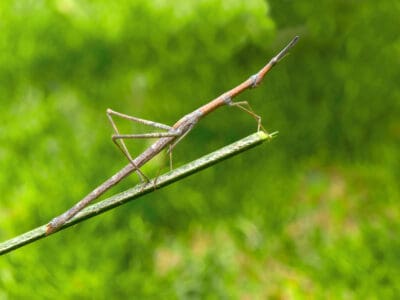
Stick Insect
There are more than 3,000 different species!
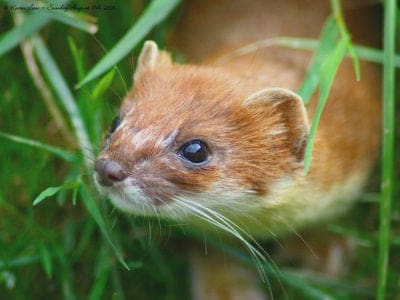
Stoat
Average adults weigh about 200 grams!
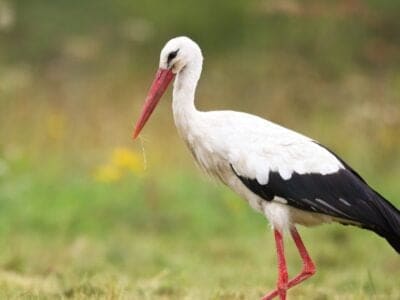
Stork
They can’t sing like other birds.
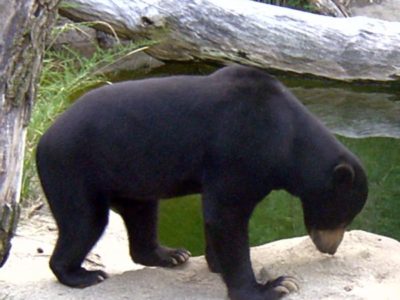
Sun Bear
The smallest species of bear in the world!
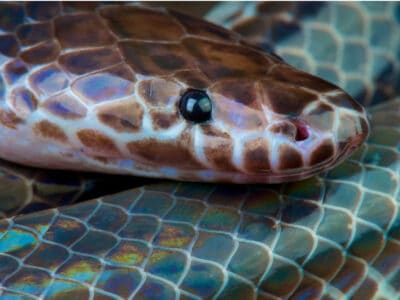
Sunbeam Snake
Sunbeam snakes have two lungs instead of just a single lung like most snake species.
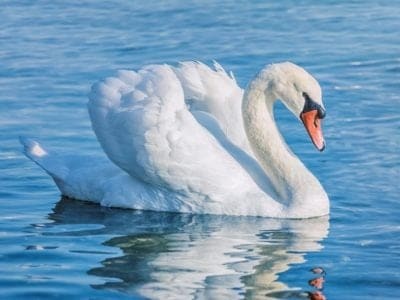
Swan
Populations have been affected by pollution!
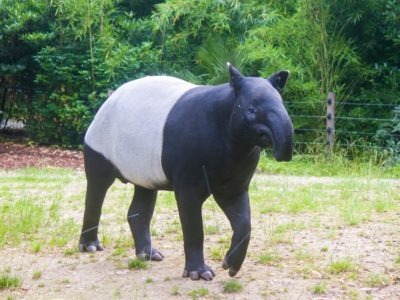
Tapir
Most closely related to horses and rhinos!
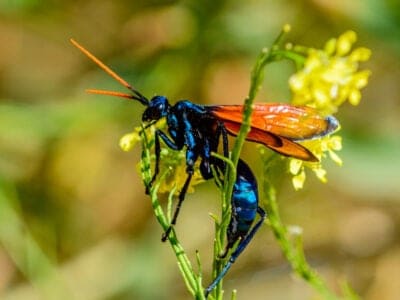
Tarantula Hawk
Tarantula hawks are excellent pollinators, especially for milkweed.
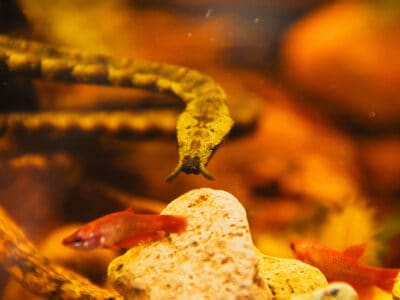
Tentacled Snake
Their tentacles have nerves that attach directly into the area of the brain that processes visual information.
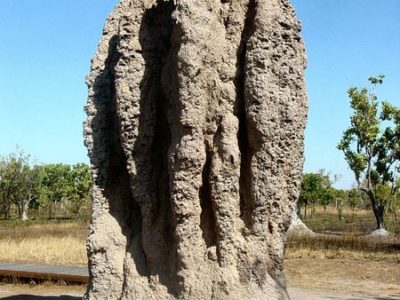
Termite
Their mounds can be up to 9 meters tall!
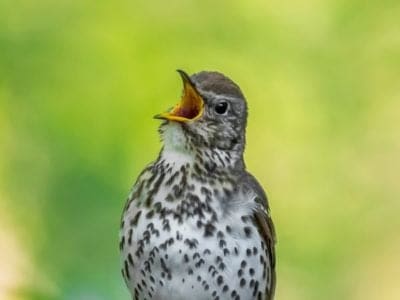
Thrush
The American robin is called the robin because its red breast reminded European settlers of the robin back in the old country.
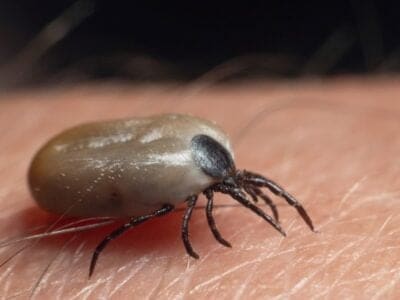
Tick
They inject hosts with a chemical that stops them from feeling the pain of the bite
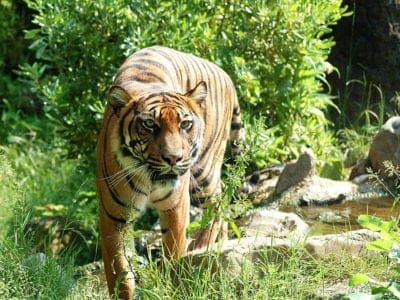
Tiger
The largest feline in the world!
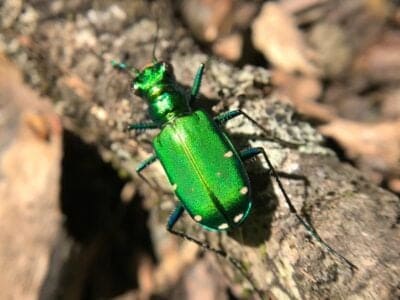
Tiger Beetle
The adult tiger beetle is one of the fastest land insects in the world
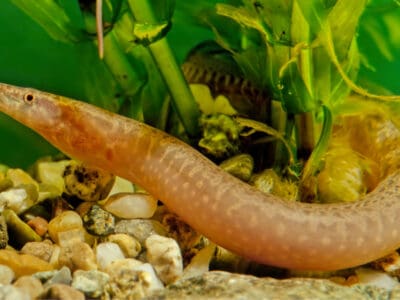
Tire Track Eel
They like to burrow into aquarium sand.
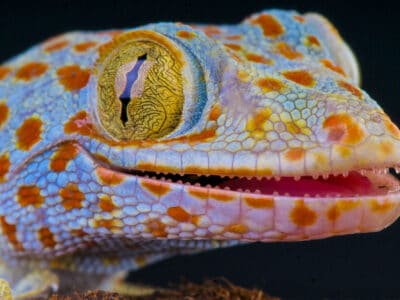
Tokay Gecko
The Tokay gecko gets its onomatopoeic name from its "To-kay!" barking call.
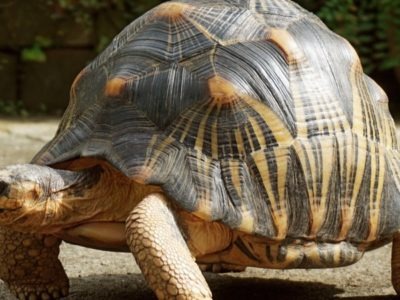
Tortoise
Can live until they are more than 150 years old!
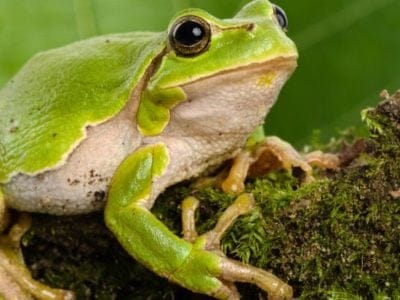
Tree Frog
Found in warmer jungles and forests!
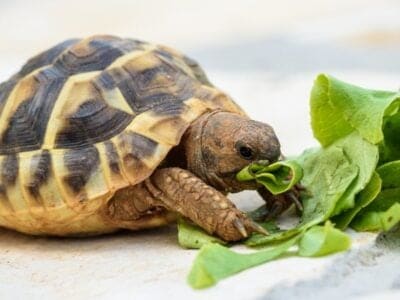
Turtles
Some species of aquatic turtles can get up to 70 percent of their oxygen through their butt.
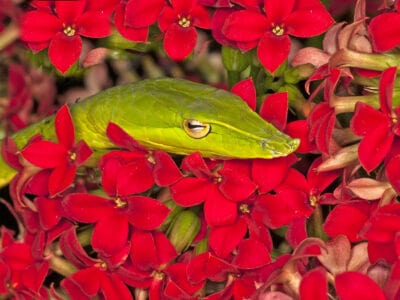
Vine Snake
A slender body and elongated snout give the vine snake a regal look.
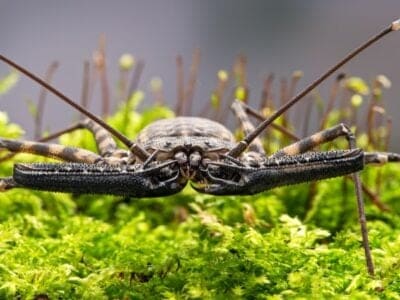
Vinegaroon
Vinegaroons can spray 19 times before the glands are depleted
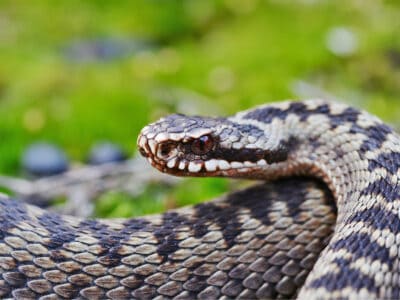
Viper
Vipers are one of the most widespread groups of snakes and inhabit most
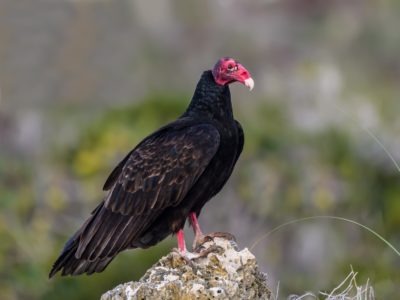
Vulture
There are 30 different species worldwide!
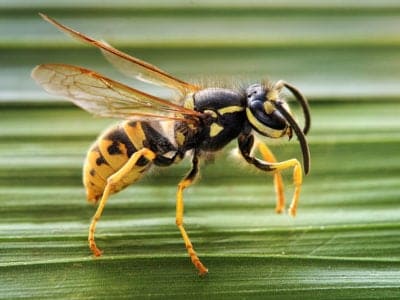
Wasp
There are around 75,000 recognised species!
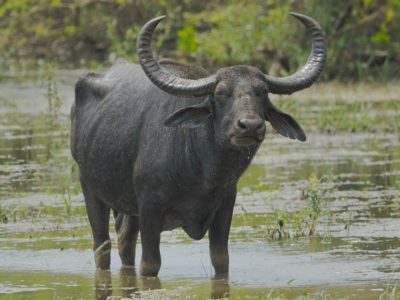
Water Buffalo
Has been domesticated for thousands of years!
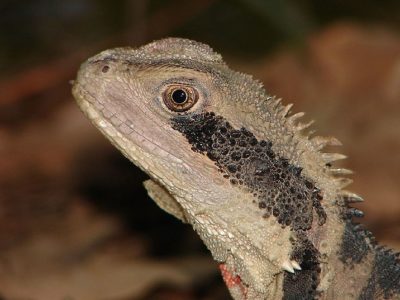
Water Dragon
Spends most of it's time in the trees!
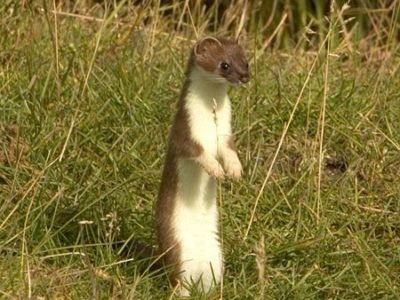
Weasel
The smallest carnivorous mammal in the world!

White Ferret / Albino Ferrets
There are two different types of white ferrets!
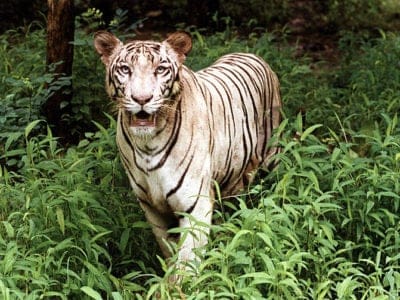
White Tiger
None have been seen in the wild for 50 years!
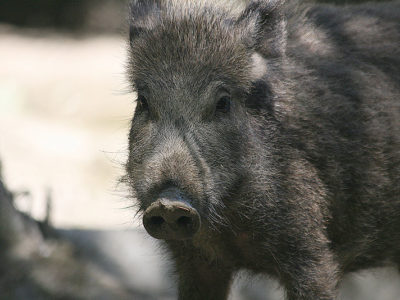
Wild Boar
Males have a top tusk to sharpen the bottom one!
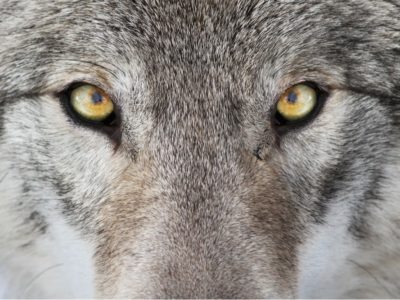
Wolf
Thought to date back more than 300,000 years!
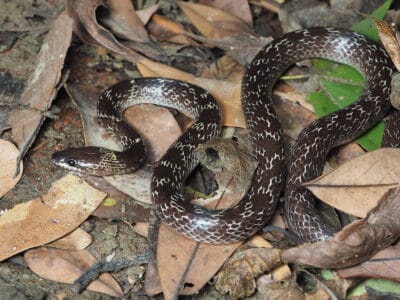
Wolf Snake
Harmless, but with fangs like a wolf.
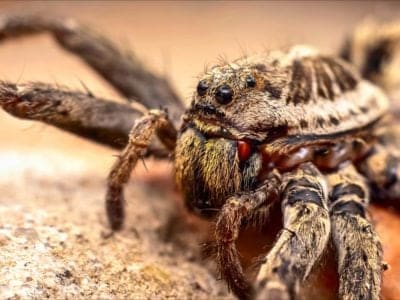
Wolf Spider
Carnivorous arachnid that hunts its prey.
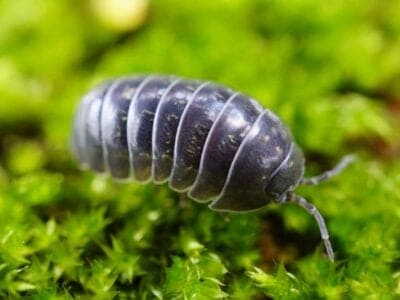
Woodlouse
This animal can roll up into a ball
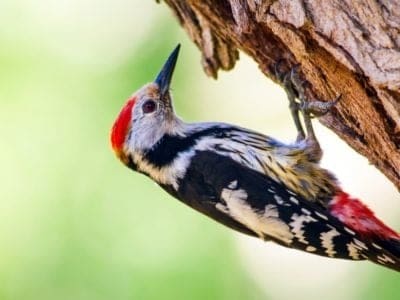
Woodpecker
There are 200 different species!
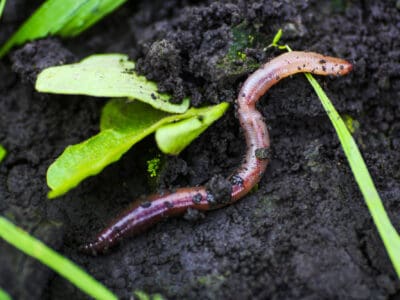
Worm
Doesn’t have eyes.
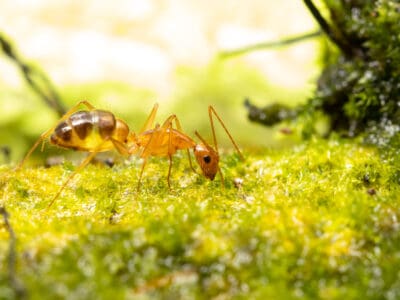
Yellow Crazy Ant
One of the top 100 worst invasive species!
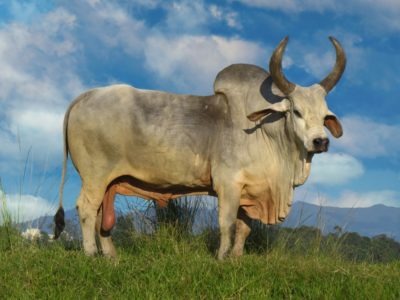
Zebu
There are around 75 different species!
Cambodian Animals List
- Admiral Butterfly
- Ant
- Antelope
- Archerfish
- Armyworm
- Asian Arowana
- Asian Elephant
- Asian Giant Hornet
- Asian Palm Civet
- Asian Vine Snake
- Atlas Moth
- Aurochs
- Bamboo Rat
- Banana Spider
- Banded Krait
- Barb
- Barn Owl
- Barn Swallow
- Bat
- Bear
- Beauty rat snake
- Bed Bugs
- Bee
- Beetle
- Binturong
- Bird
- Biscuit Beetle
- Black Widow Spider
- Blind Snake
- Brahminy Blindsnake
- Brazilian Treehopper
- Bronze-winged Jacana
- Brown Dog Tick
- Bumblebee
- Burmese Python
- Butterfly
- Camel Cricket
- Carpenter Ant
- Cashmere Goat
- Cat
- Caterpillar
- Catfish
- Centipede
- Chicken
- Cicada
- Cinereous Vulture
- Clouded Leopard
- Cobalt Blue Tarantula
- Cockroach
- Codling Moth
- Common Buzzard
- Common Furniture Beetle
- Common Green Magpie
- Common House Spider
- Coral Snake
- Cormorant
- Cosmic Caterpillar
- Cow
- Cow Reticulated Python
- Crab
- Crab-Eating Macaque
- Crab Spider
- Crane
- Cricket
- Crocodile
- Crocodylomorph
- Crow
- Cuckoo
- Deer
- Dhole
- Dog
- Dog Tick
- Donkey
- Dormouse
- Douc
- Draco Volans Lizard
- Dragonfly
- Duck
- Dung Beetle
- Eagle
- Earthworm
- Earwig
- Eel
- Elephant
- Falcon
- False Widow Spider
- Fiddler Crab
- Fire-Bellied Toad
- Fire Eel
- Firefly
- Fishing Cat
- Flea
- Fly
- Flying Lemur
- Flying Squirrel
- Fox
- Frog
- Fruit Bat
- Fruit Fly
- Gazelle
- Gecko
- Gerbil
- German Cockroach
- Giant Trevally
- Gibbon
- Glass Lizard
- Glowworm
- Gnat
- Goat
- Golden Oriole
- Goose
- Gourami
- Grasshopper
- Green Bee-Eater
- Green Rat Snake
- Gypsy Moth
- Hamster
- Hare
- Hawk Moth Caterpillar
- Hedgehog
- Heron
- Honey Bee
- Hoopoe
- Horse
- Horsefly
- Horseshoe Crab
- Housefly
- Human
- Huntsman Spider
- Ibis
- Indian Elephant
- Indochinese Tiger
- Insects
- Jerboa
- Jumping Spider
- King Cobra
- King Quail
- Kingfisher
- Kissing Gourami
- Kouprey
- Ladybug
- Leech
- Leopard
- Leopard Cat
- Liger
- Lizard
- Loach
- Locust
- Long-Eared Owl
- Long-Tailed Tit
- Lorikeet
- Magpie
- Malayan Krait
- Mangrove Snake
- Masked Palm Civet
- Mayfly
- Mealybug
- Mekong Giant Catfish
- Millipede
- Mole
- Mongoose
- Mongrel
- Monitor Lizard
- Monkey
- Monocled Cobra
- Moorhen
- Mosquito
- Moth
- Mourning Gecko
- Mouse
- Mule
- Muntjac
- Myna Bird
- Neanderthal
- Nematode
- Newt
- Nicobar pigeon
- Nightingale
- No See Ums
- Orb Weaver
- Osprey
- Otter
- Owl
- Ox
- Pangolin
- Paradise Flying Snake
- Parrot
- Peacock
- Peregrine Falcon
- Pheasant
- Pheasant-tailed Jacana
- Pig
- Pigeon
- Pika
- Pink-Necked Green Pigeon
- Pipe Snake
- Pit Viper
- Platinum Arowana
- Pompano Fish
- Pond Skater
- Porcupine
- Praying Mantis
- Quail
- Rabbit
- Rat
- Rat Snakes
- Redback Spider
- Reticulated python
- Rhinoceros
- River Turtle
- Robin
- Rodents
- Rooster
- Sable Ferret
- Salamander
- Sambar
- Sand Crab
- Sarus Crane
- Scorpion
- Sea Eagle
- Seahorse
- Sheep
- Shrew
- Shrimp
- Betta Fish (Siamese Fighting Fish)
- Skink Lizard
- Slow Worm
- Slug
- Smokybrown Cockroach
- Snail
- Snake
- Sparrow
- Spider Wasp
- Spitting Cobra
- Squirrel
- Stick Insect
- Stoat
- Stork
- Sun Bear
- Sunbeam Snake
- Swallowtail Butterfly
- Swan
- Tapir
- Tarantula Hawk
- Tentacled Snake
- Termite
- Thrush
- Tick
- Tiger
- Tiger Beetle
- Tire Track Eel
- Tokay Gecko
- Tortoise
- Tree Frog
- Turtles
- Vine Snake
- Vinegaroon
- Viper
- Vulture
- Wasp
- Water Buffalo
- Water Dragon
- Weasel
- White Ferret / Albino Ferrets
- White Tiger
- Wild Boar
- Wolf
- Wolf Snake
- Wolf Spider
- Woodlouse
- Woodpecker
- Worm
- Yellow Crazy Ant
- Zebu
Animals in Cambodia FAQs (Frequently Asked Questions)
What is the most dangerous animal in Cambodia?
The most dangerous animals in Cambodia are the king cobra, the blue krait, and similar snakes.
What animal represents Cambodia?
Cambodia is represented by the kouprey, the giant ibis, the northern river terrapin, and the giant barb.
Does Cambodia have bears?
Yes, Cambodia is home to the world’s smallest bear, the sun bear. There are also some reports of Asian black bears still living in the country.
Are there tigers in Cambodia?
Cambodia has long been home to the Indochinese tiger, but it’s suspected that no more breeding pairs remain within the country.
Does Cambodia have monkeys?
Yes, Cambodia is home to several species of macaques, langurs, gibbons, and doucs.




